NSYSU team organizes land art exhibition in Cijin Island
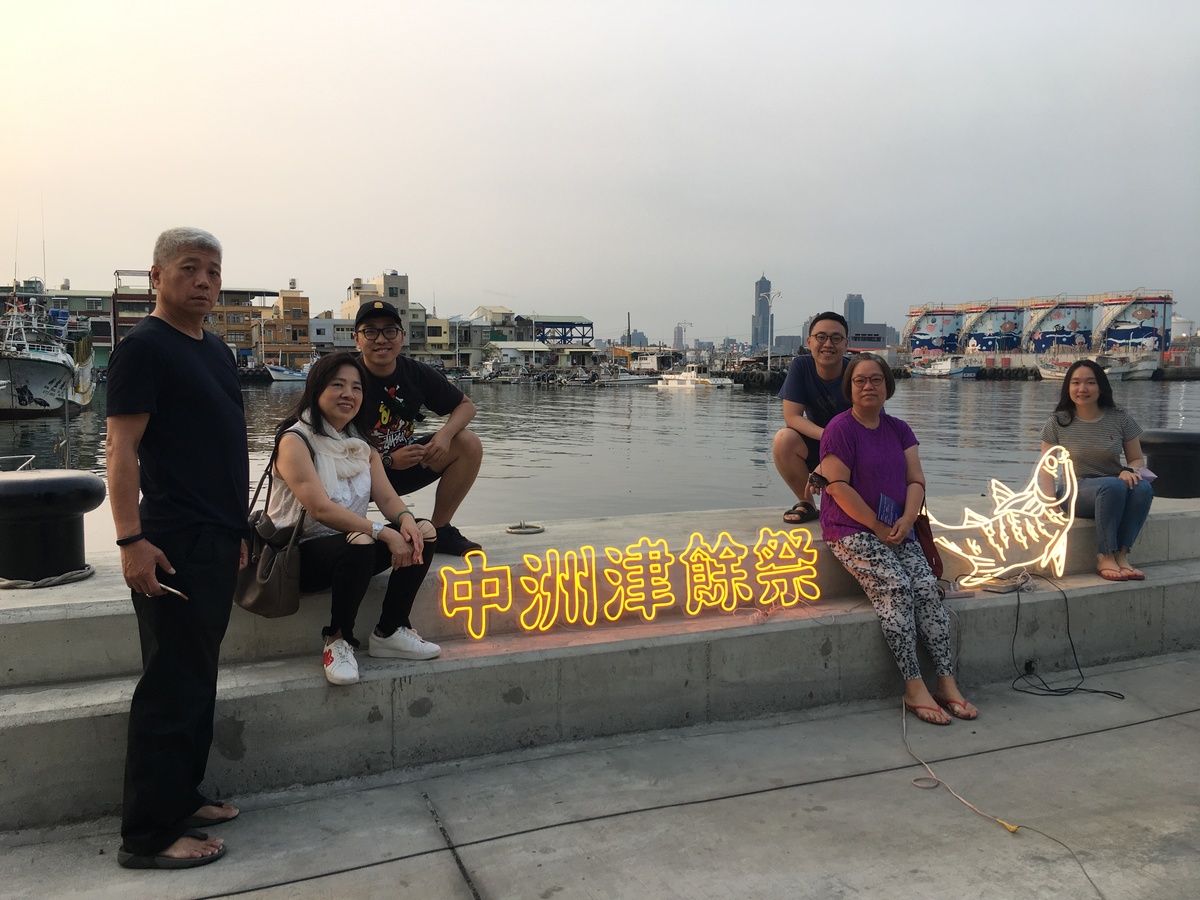
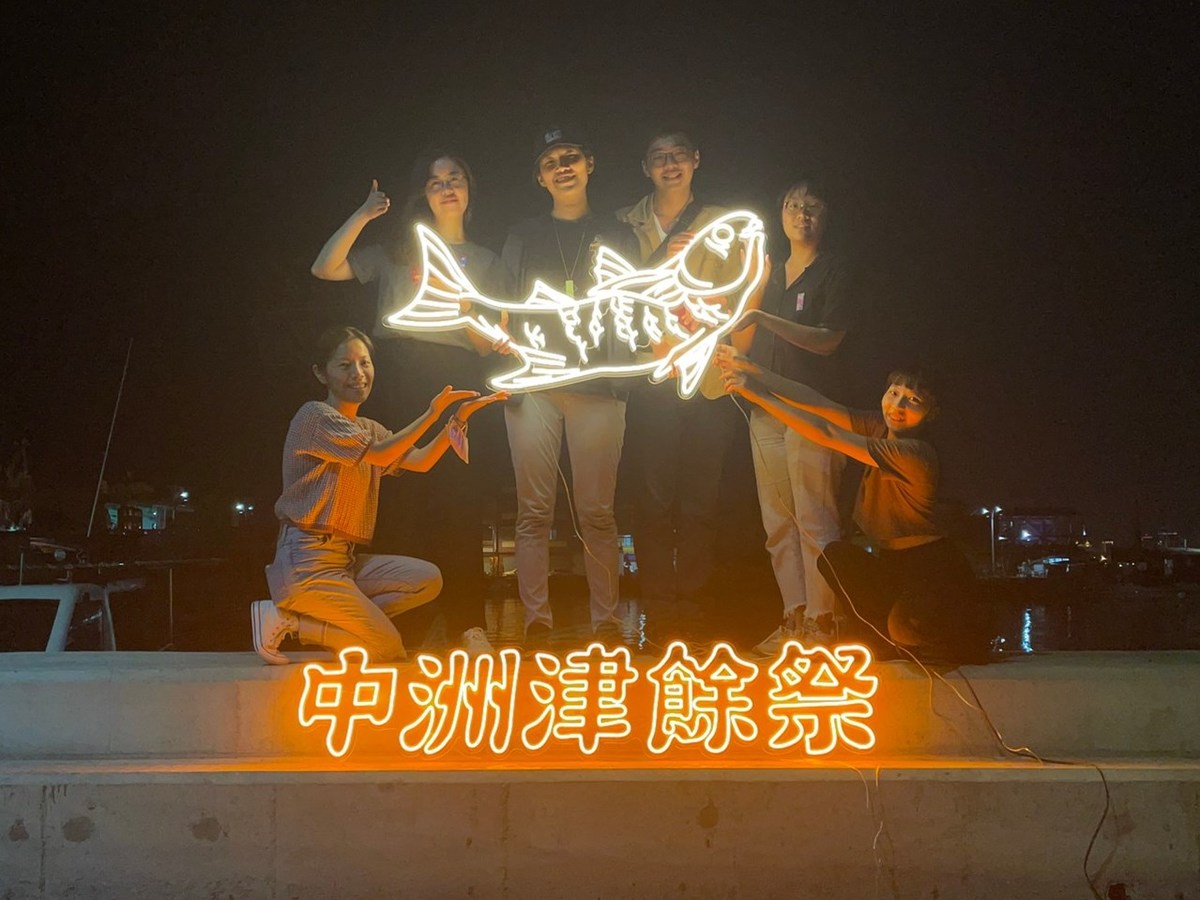
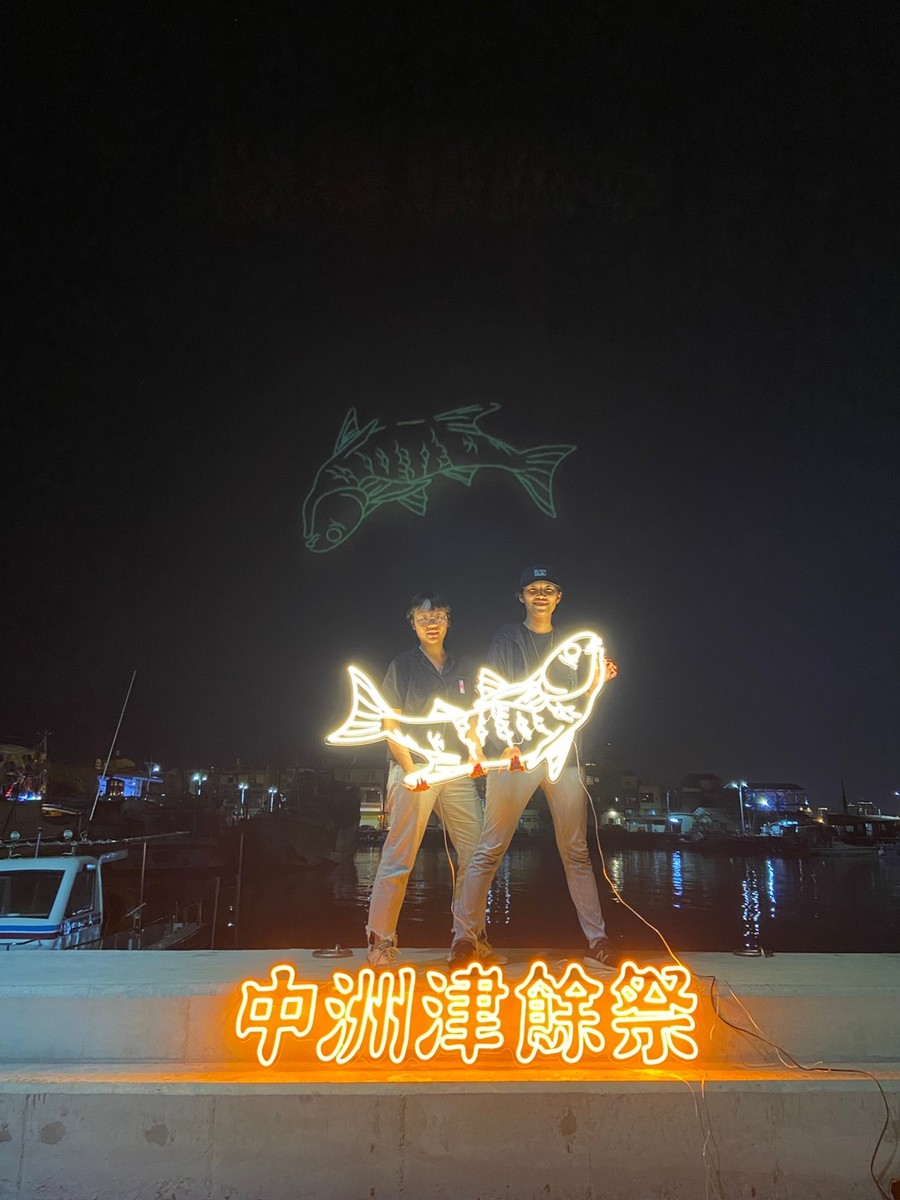
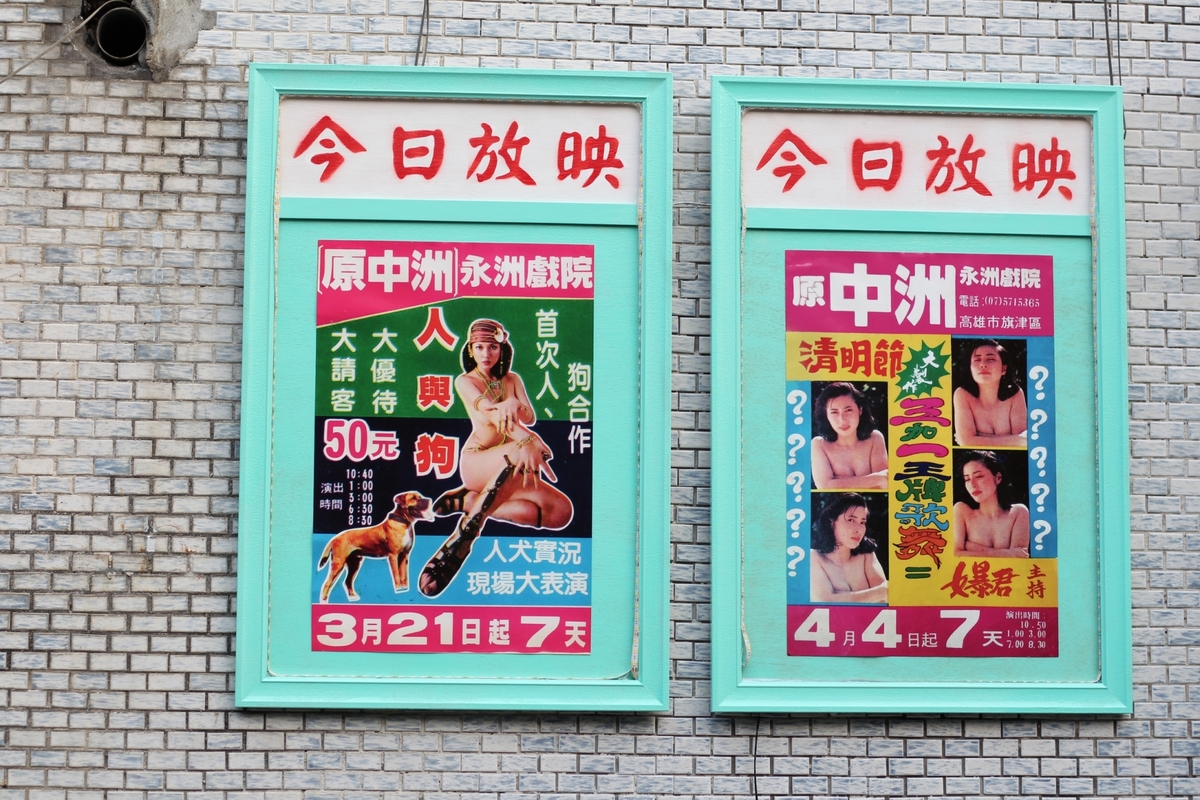
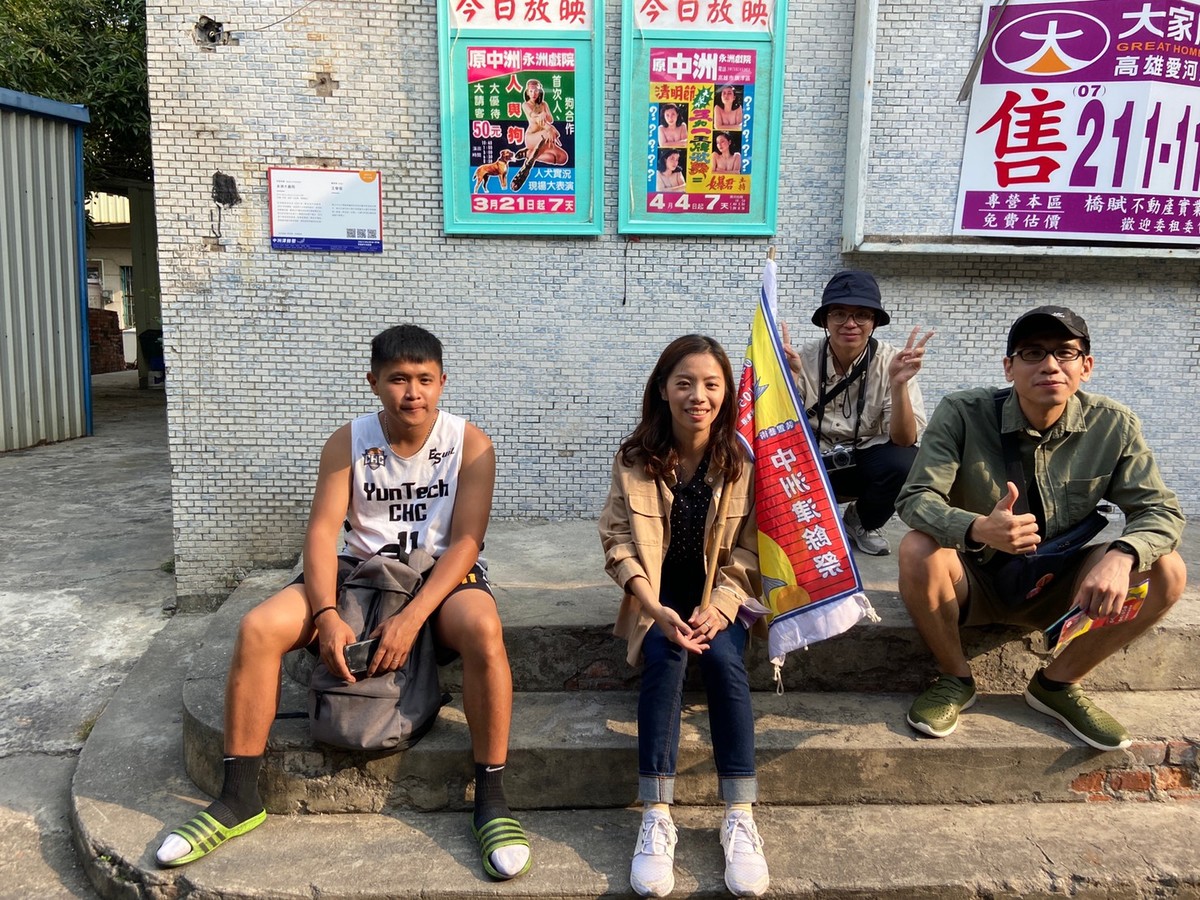
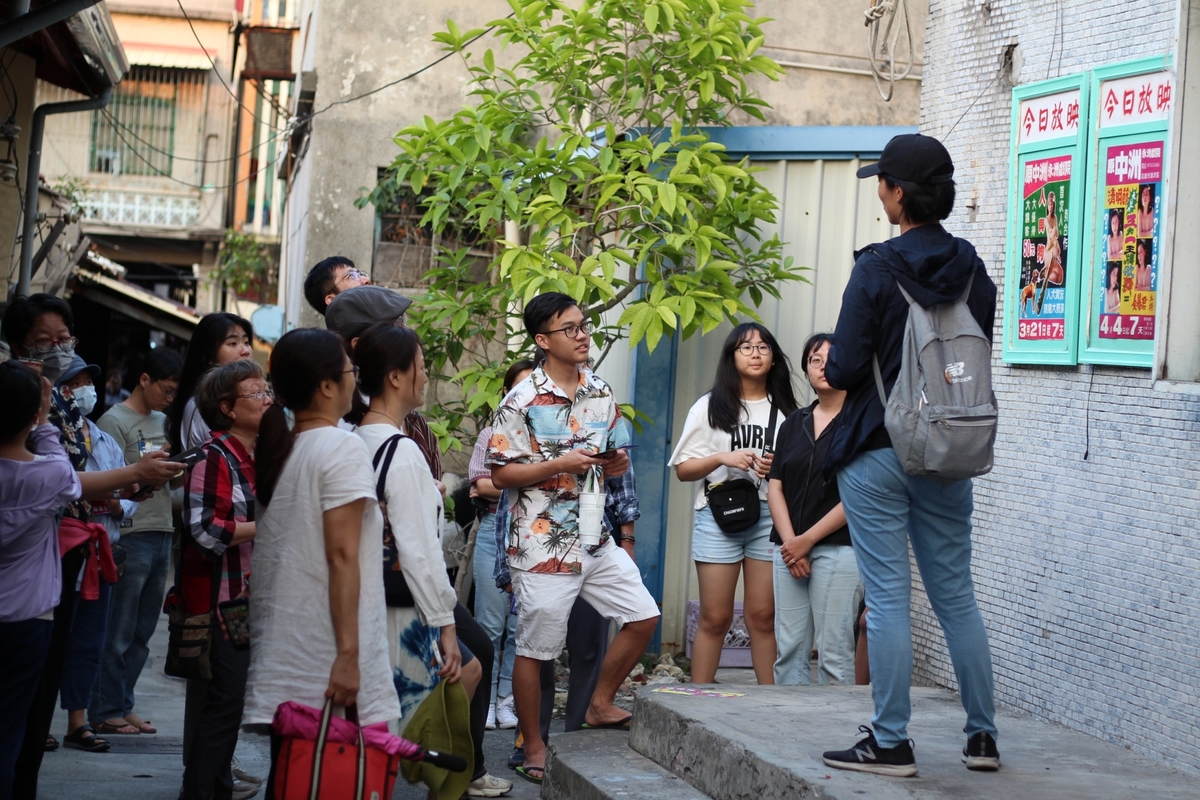
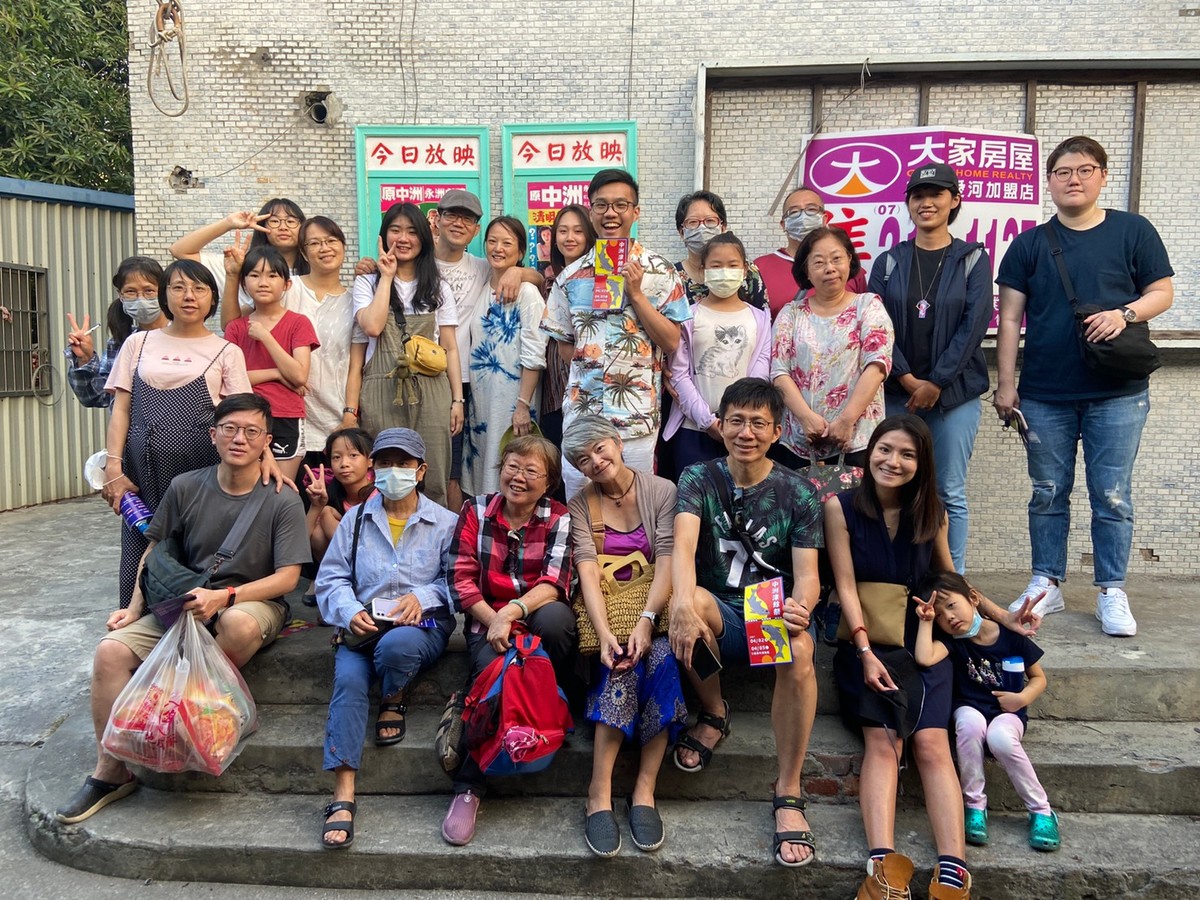
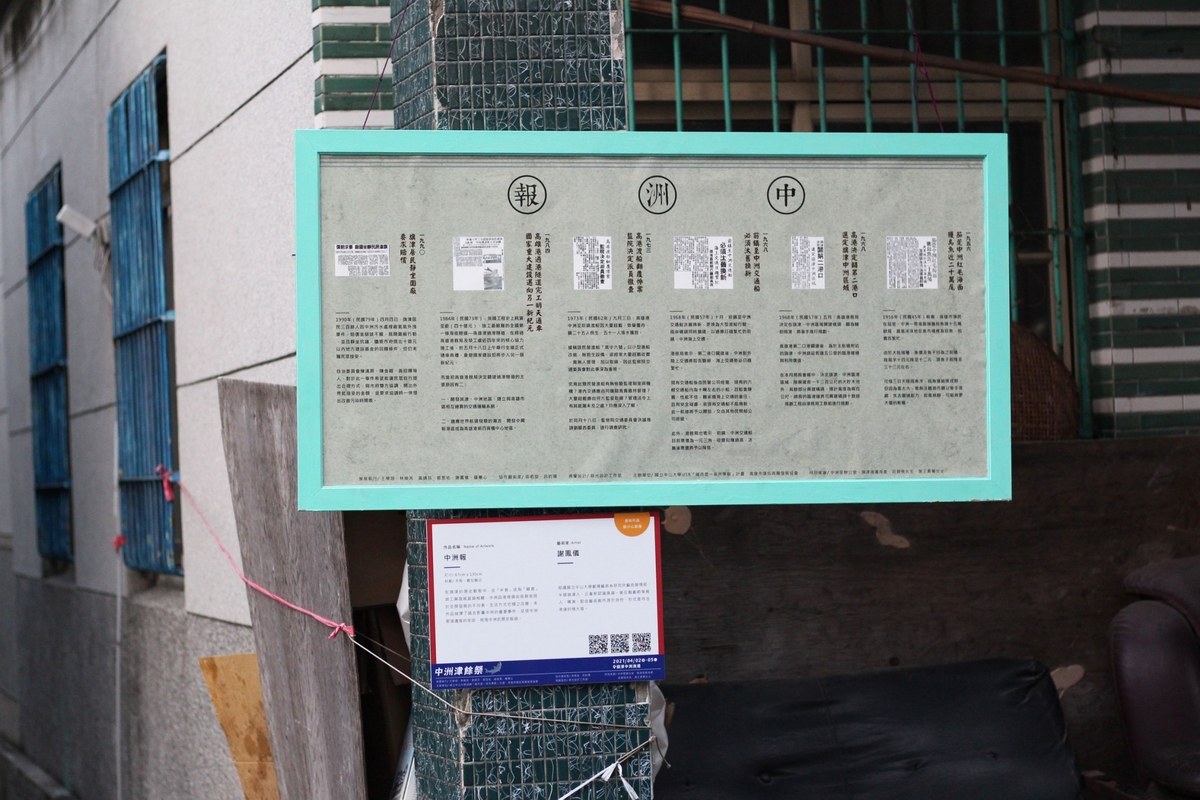
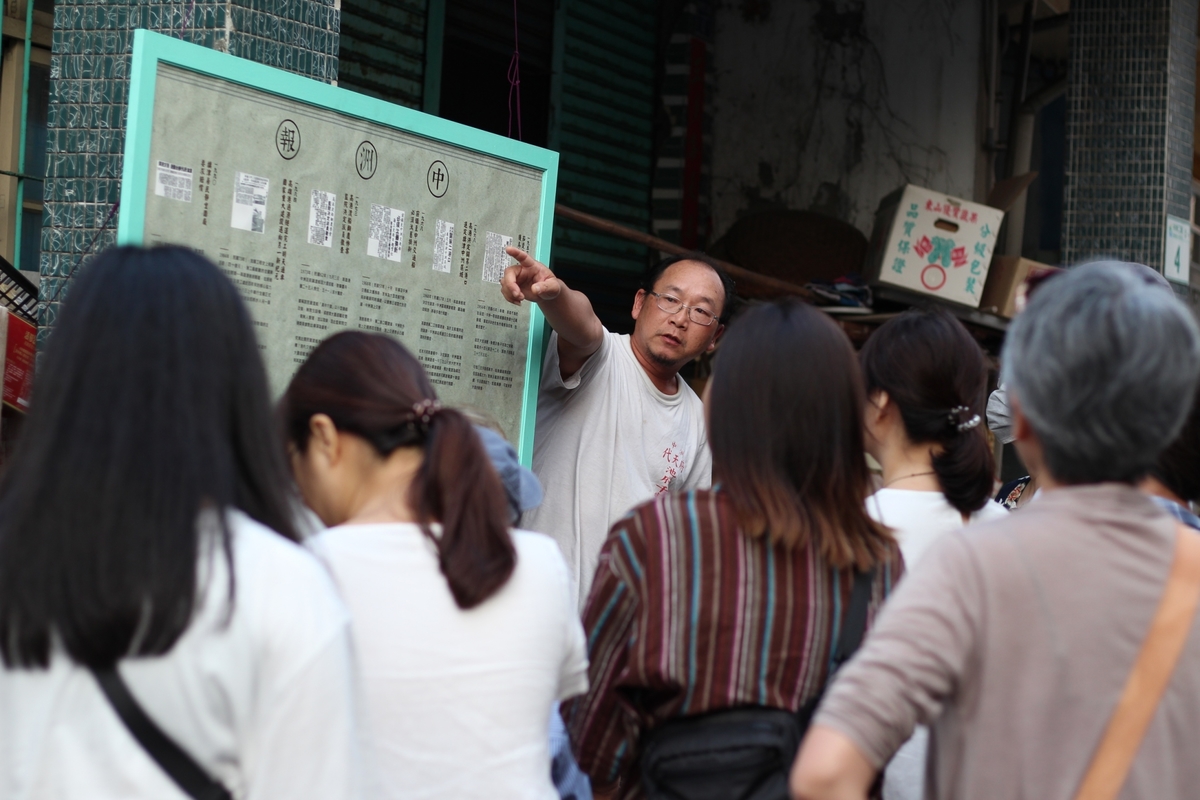
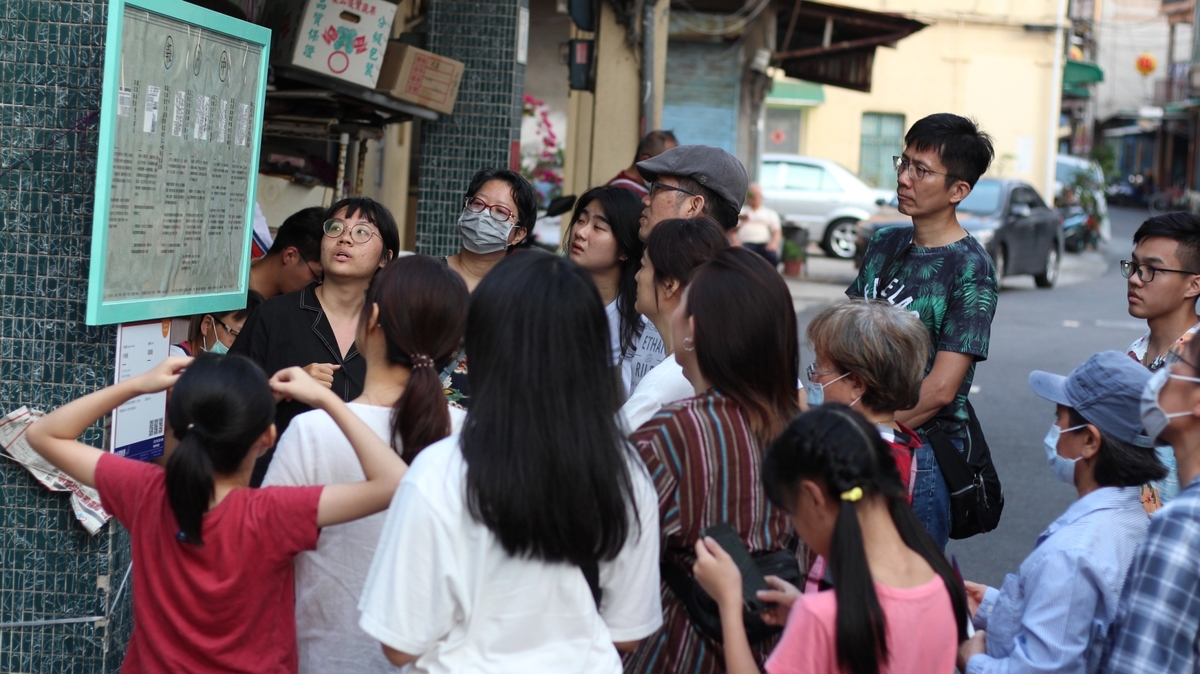
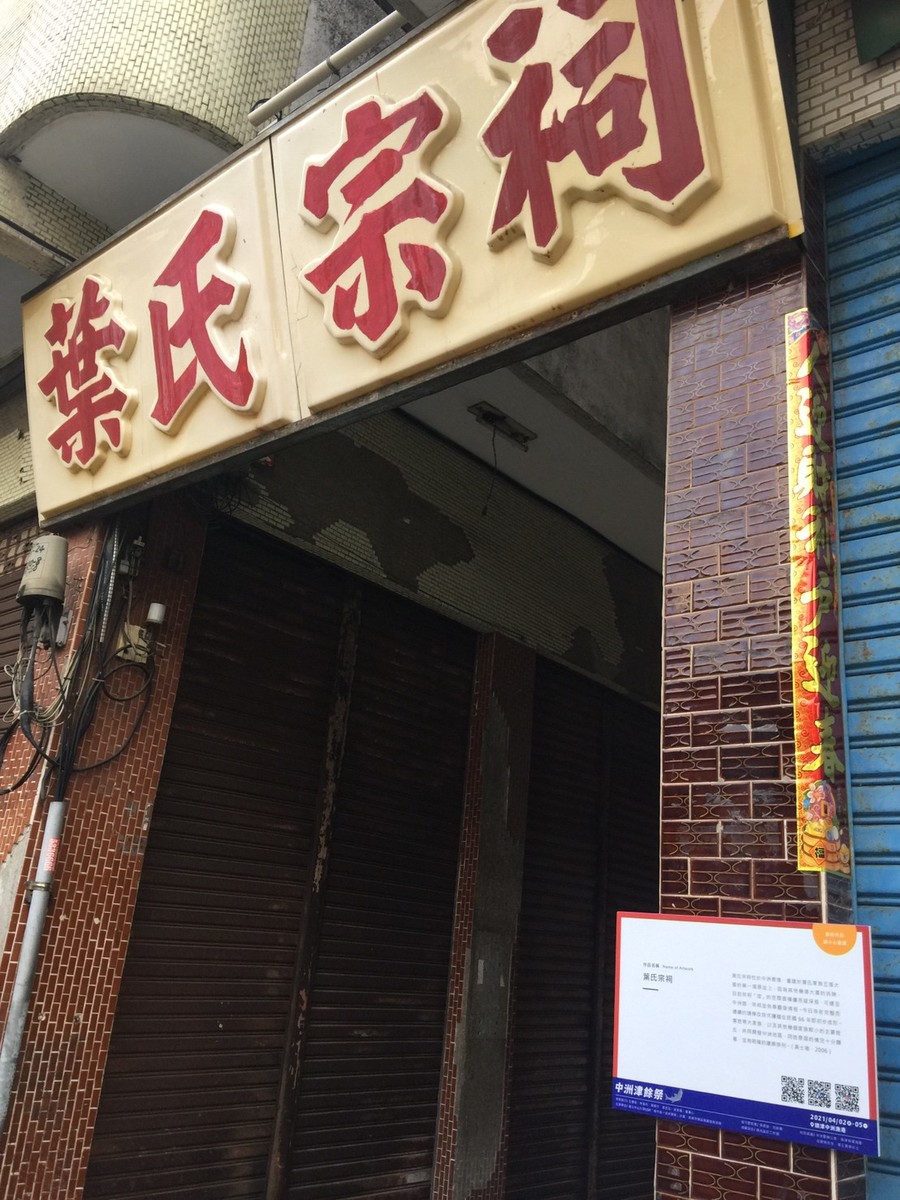
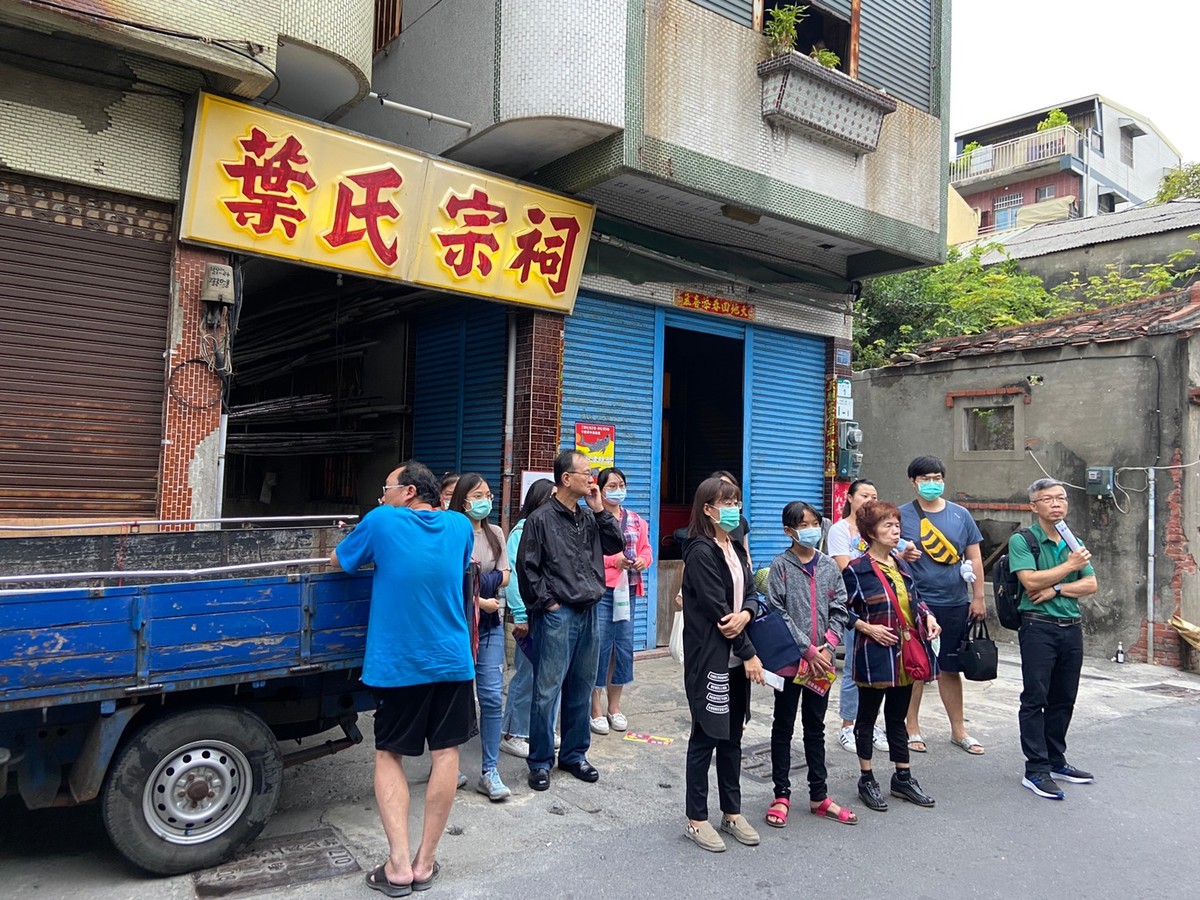
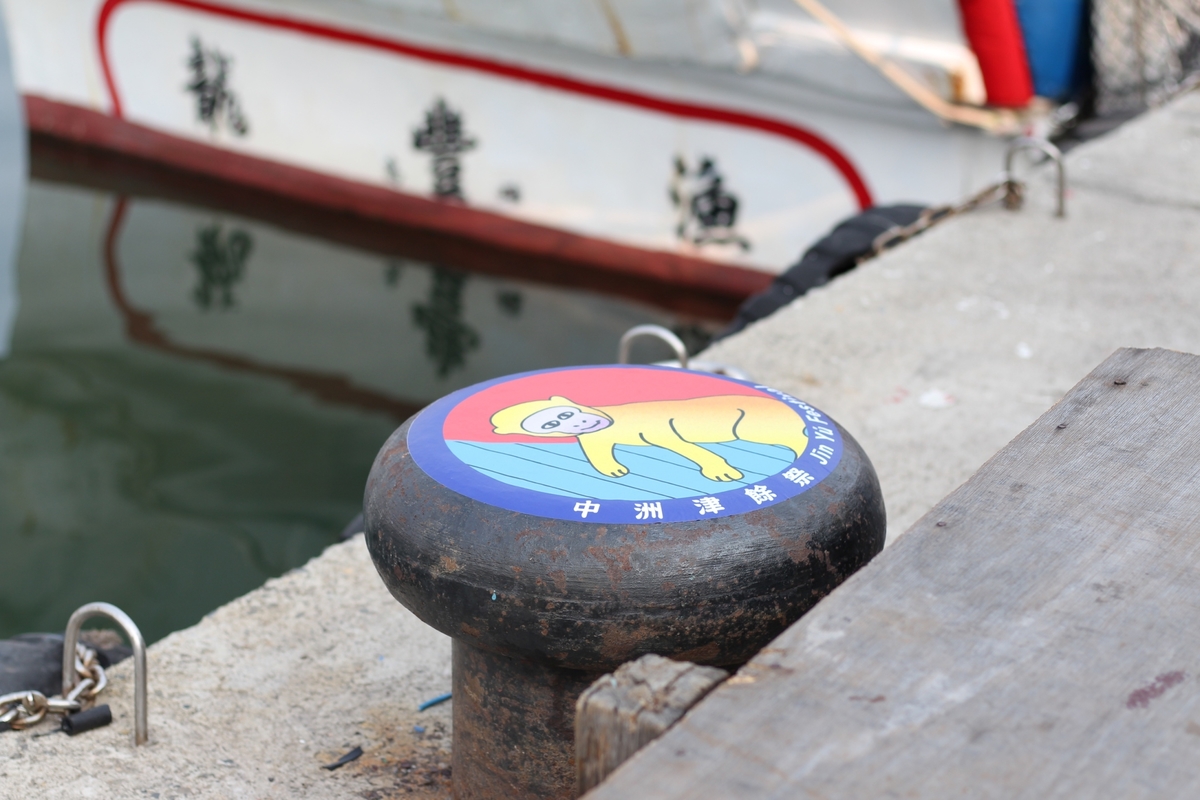
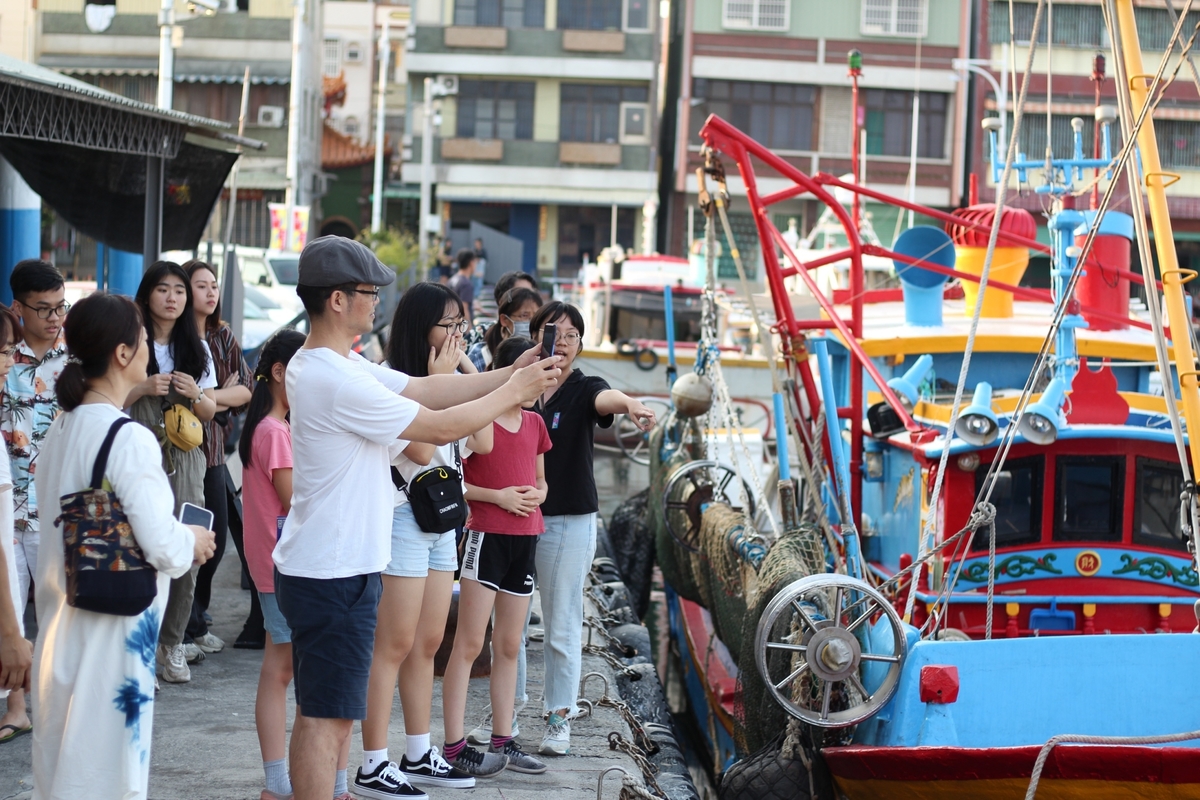
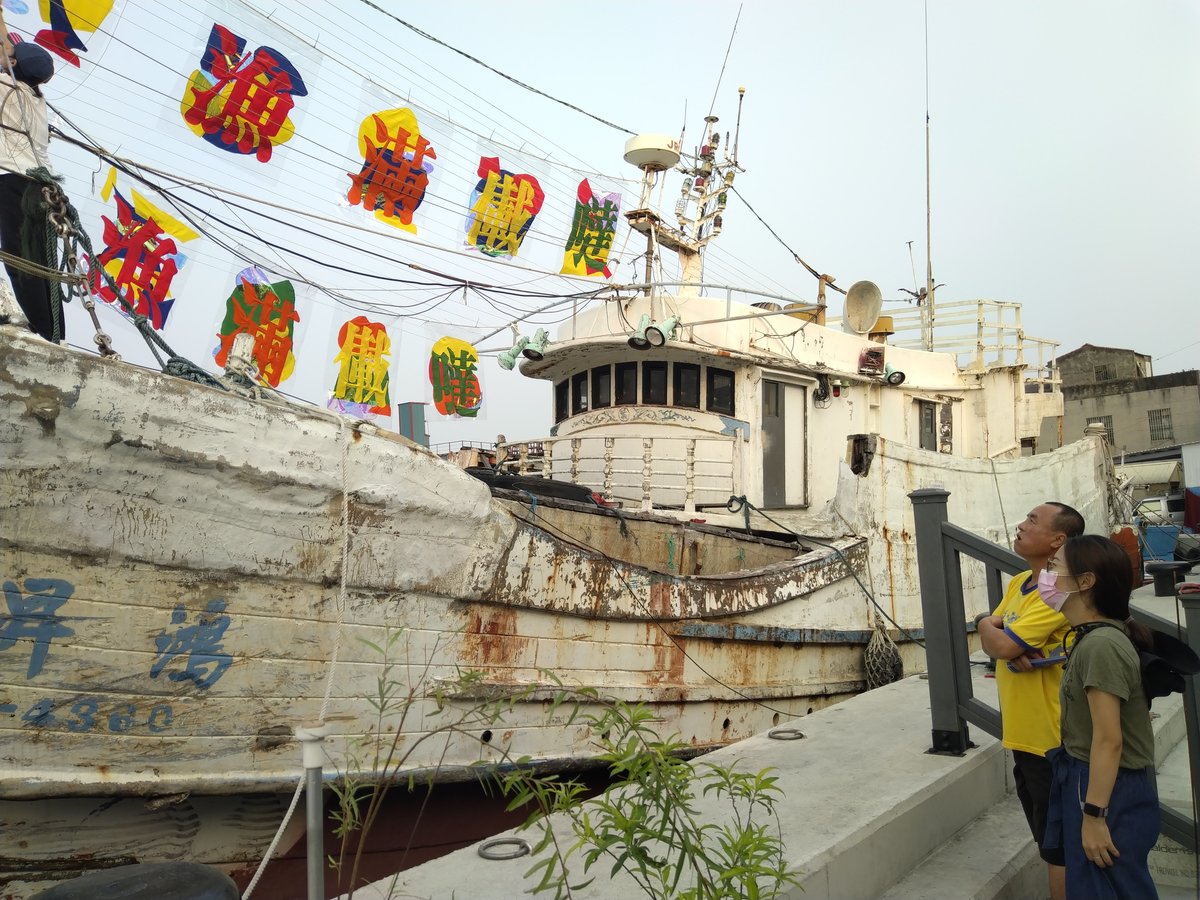
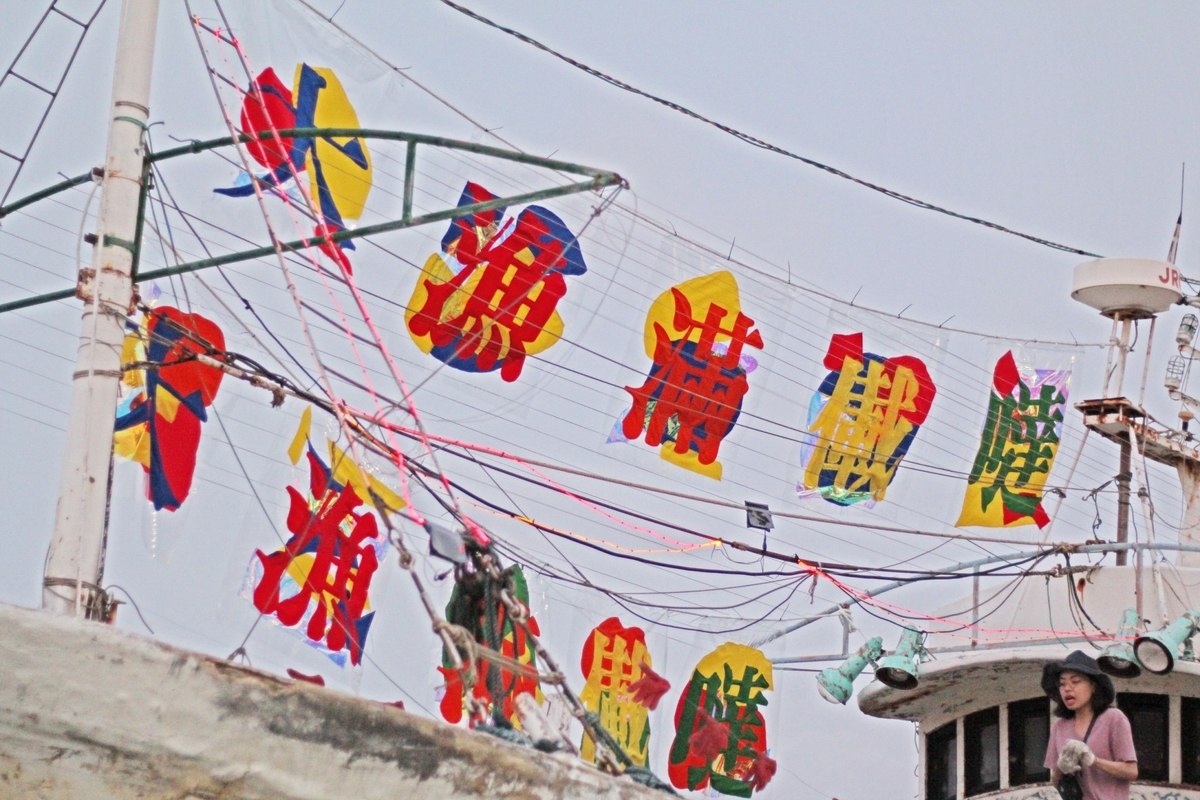
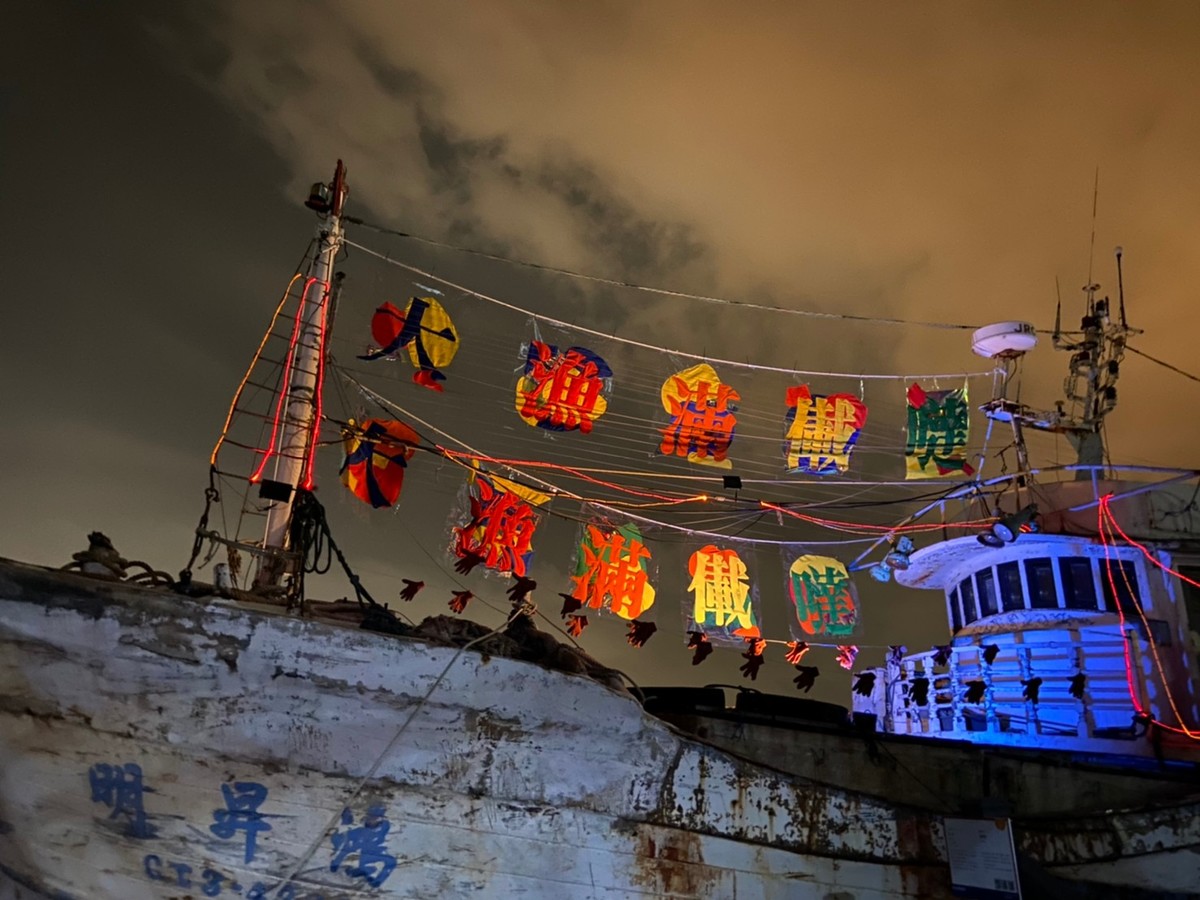
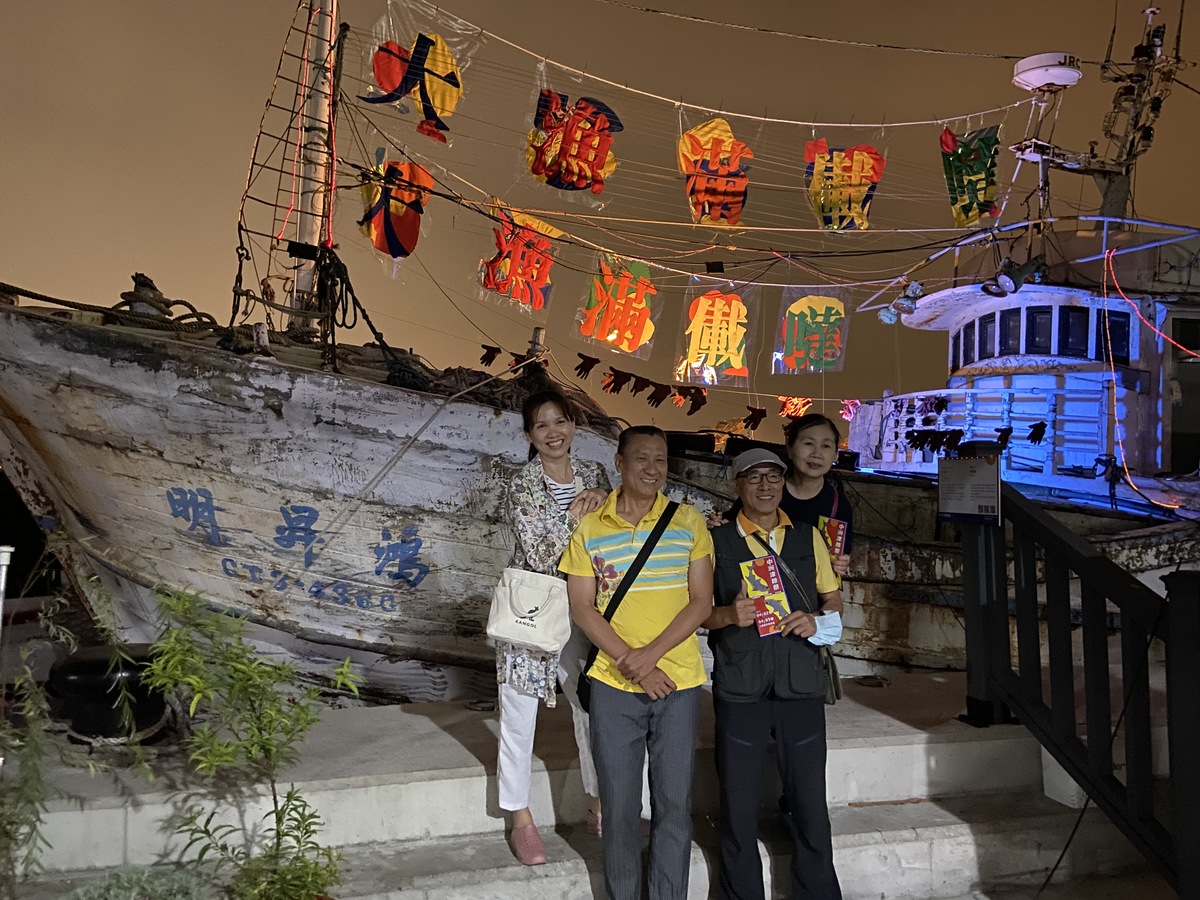
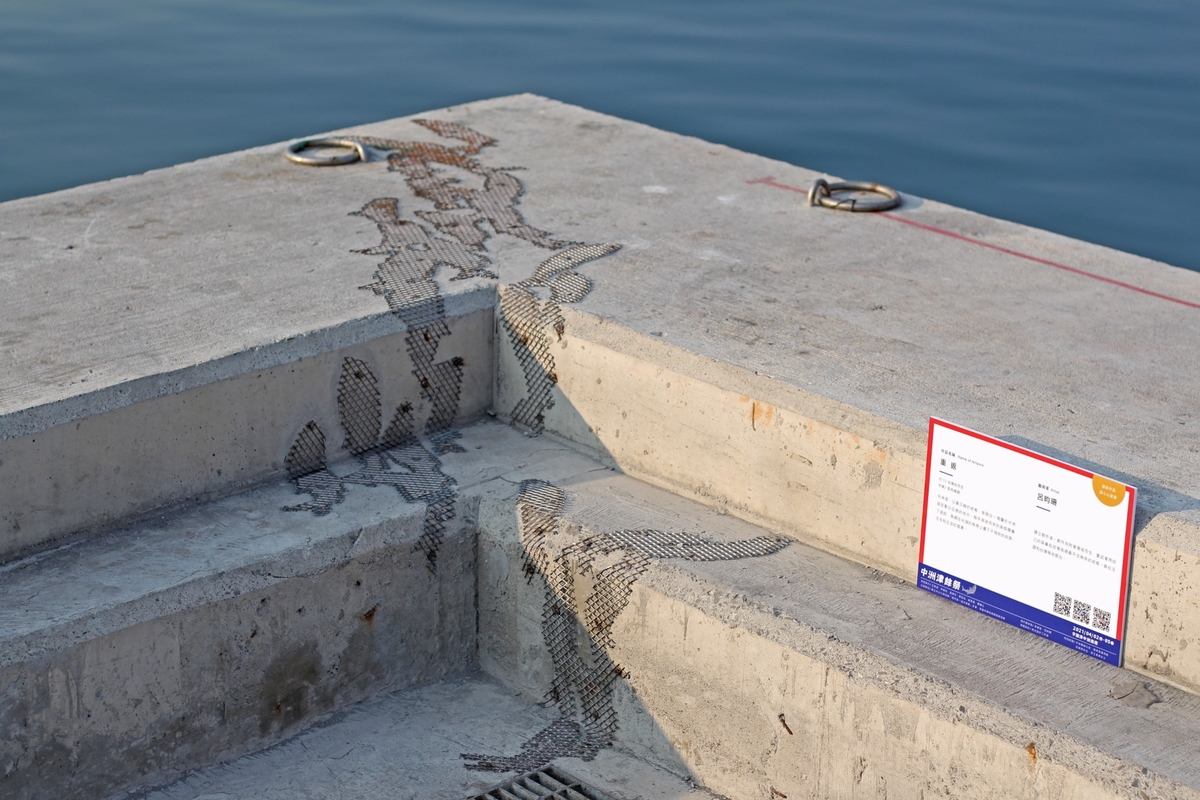
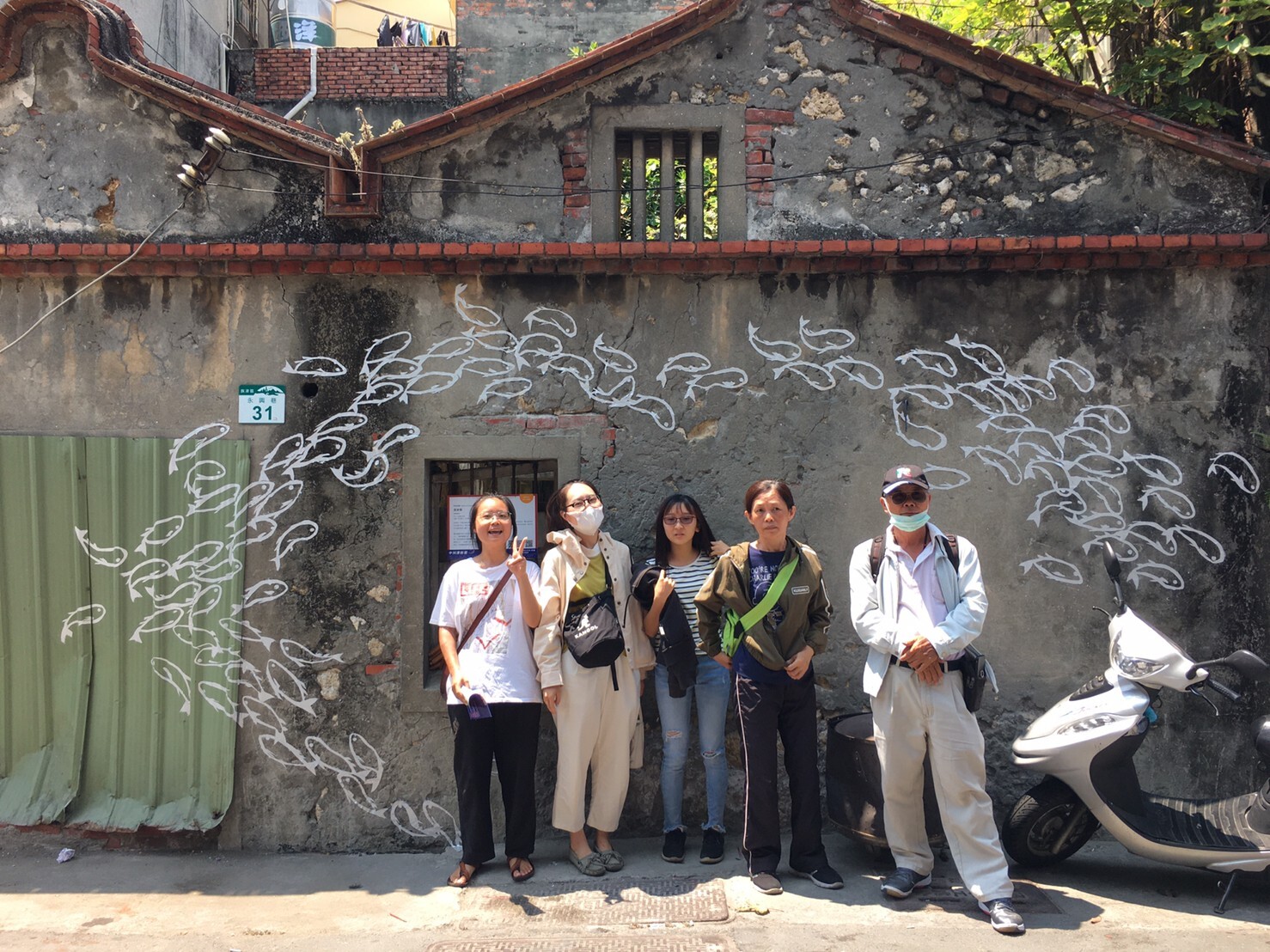
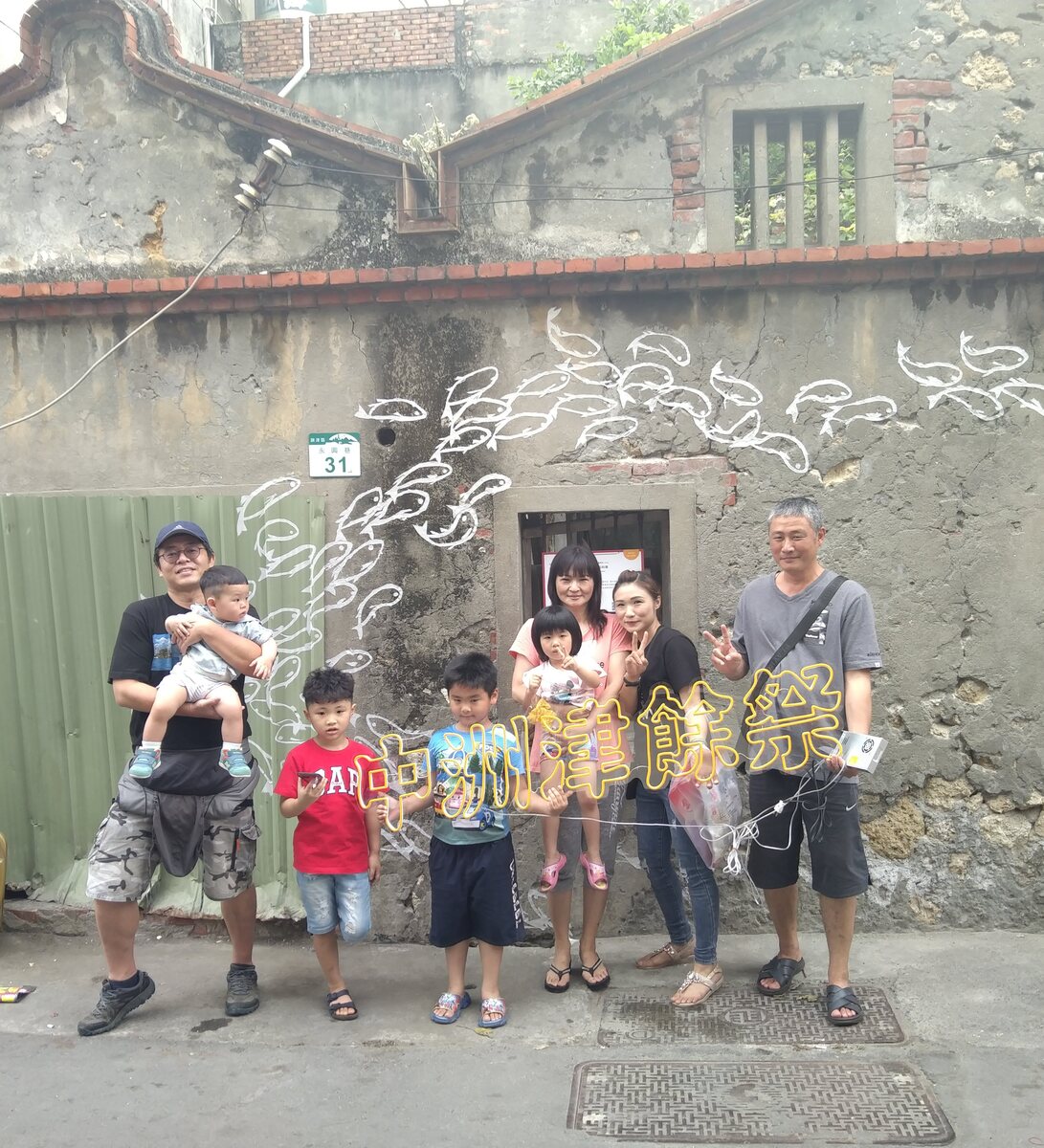
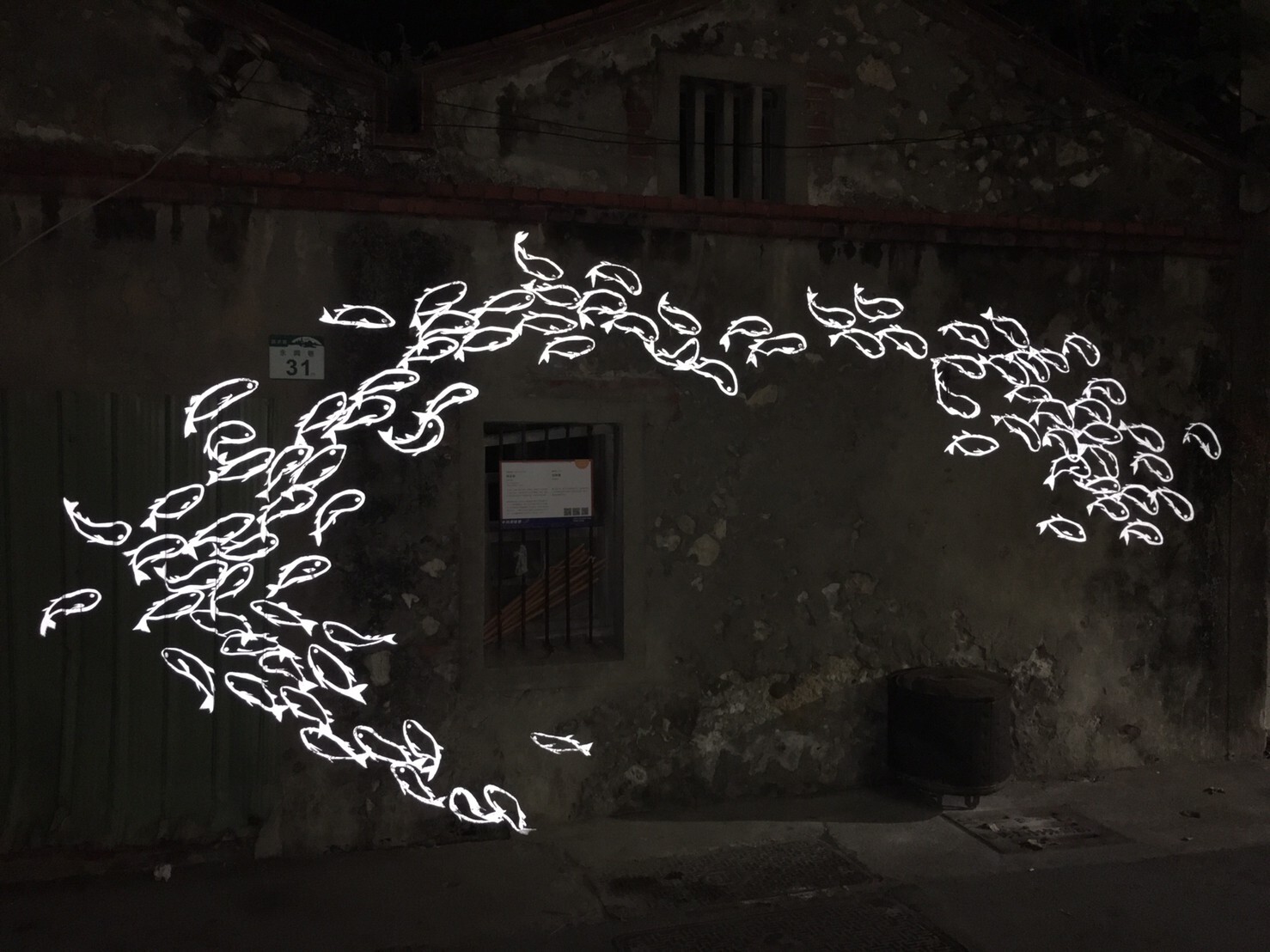
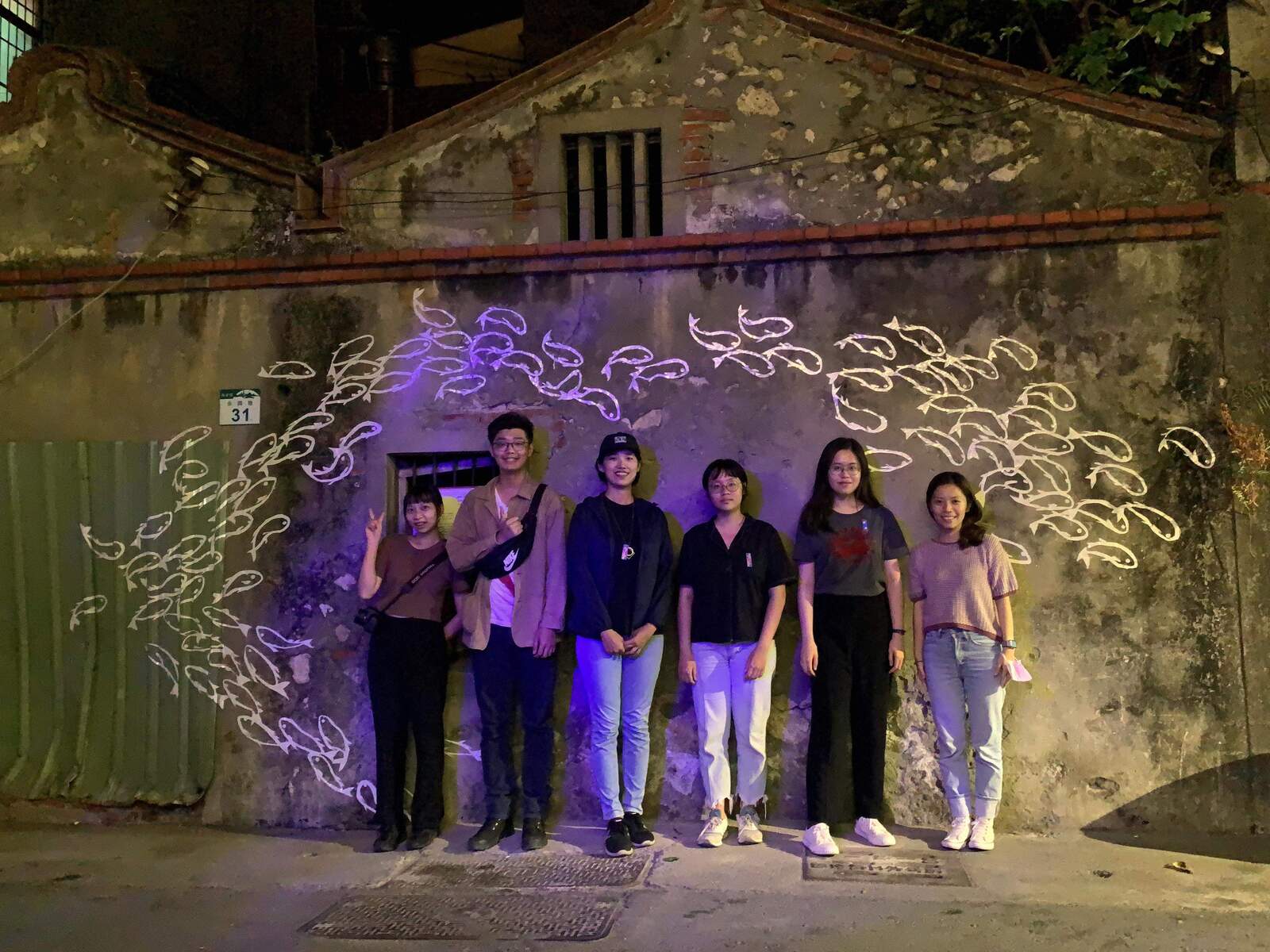
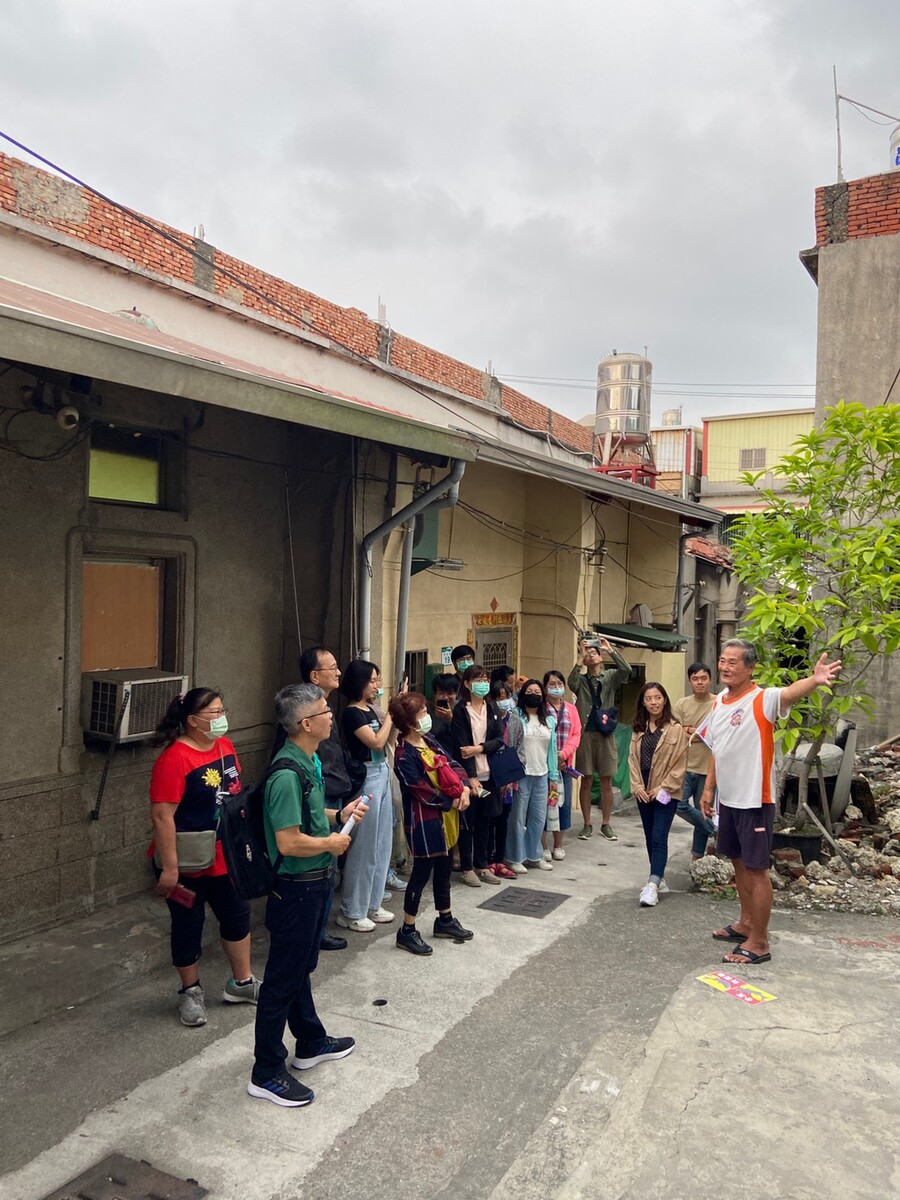
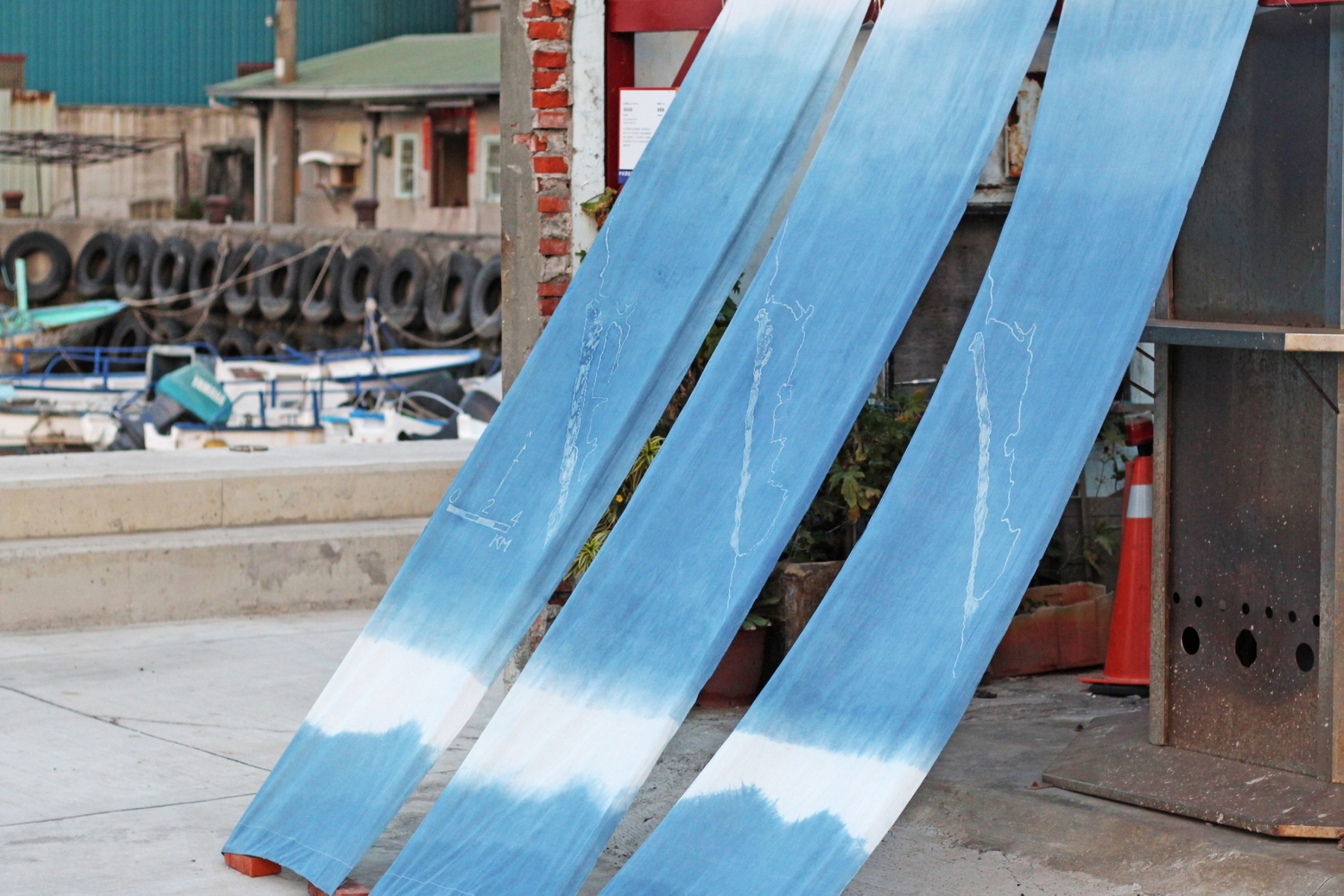
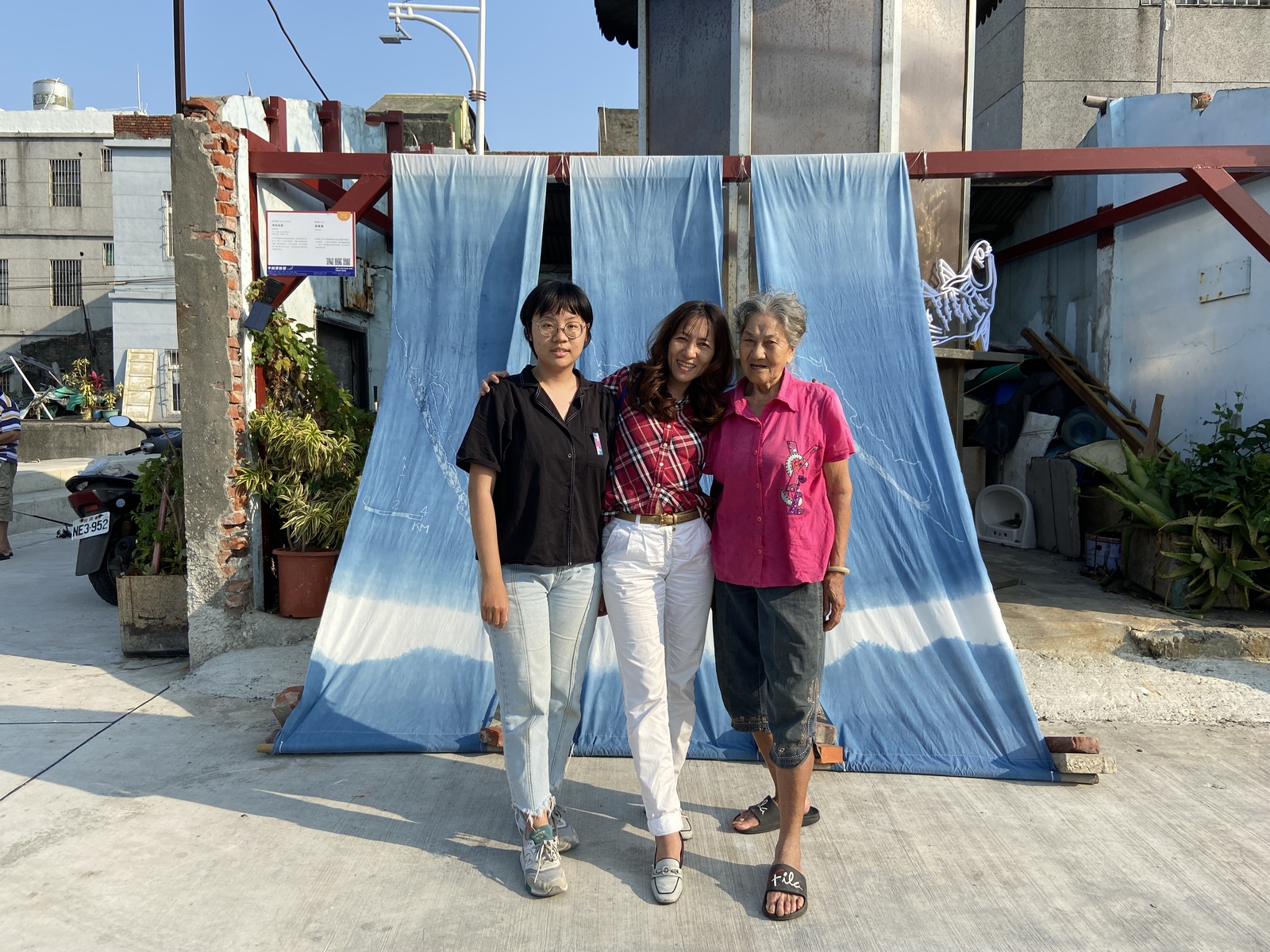
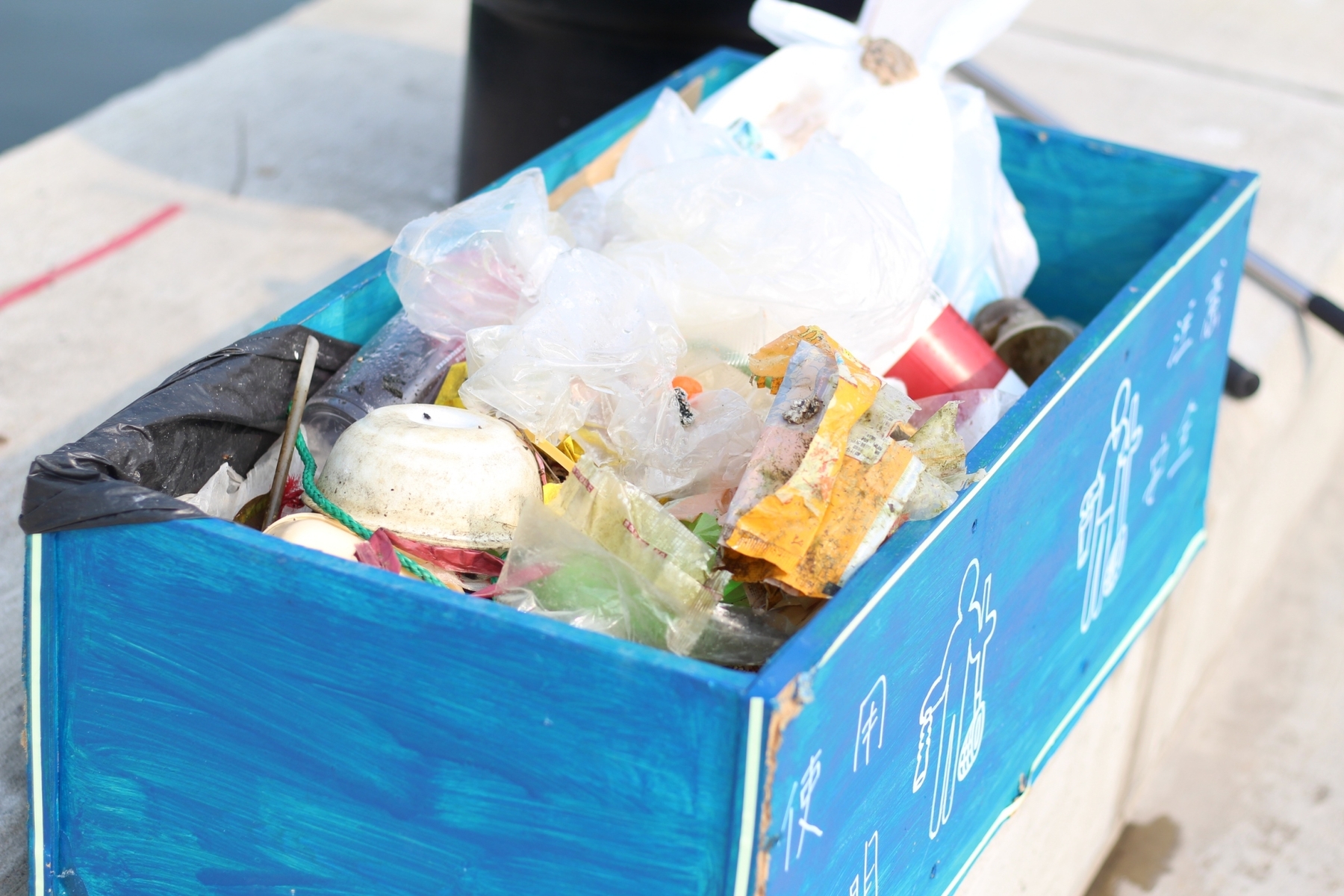
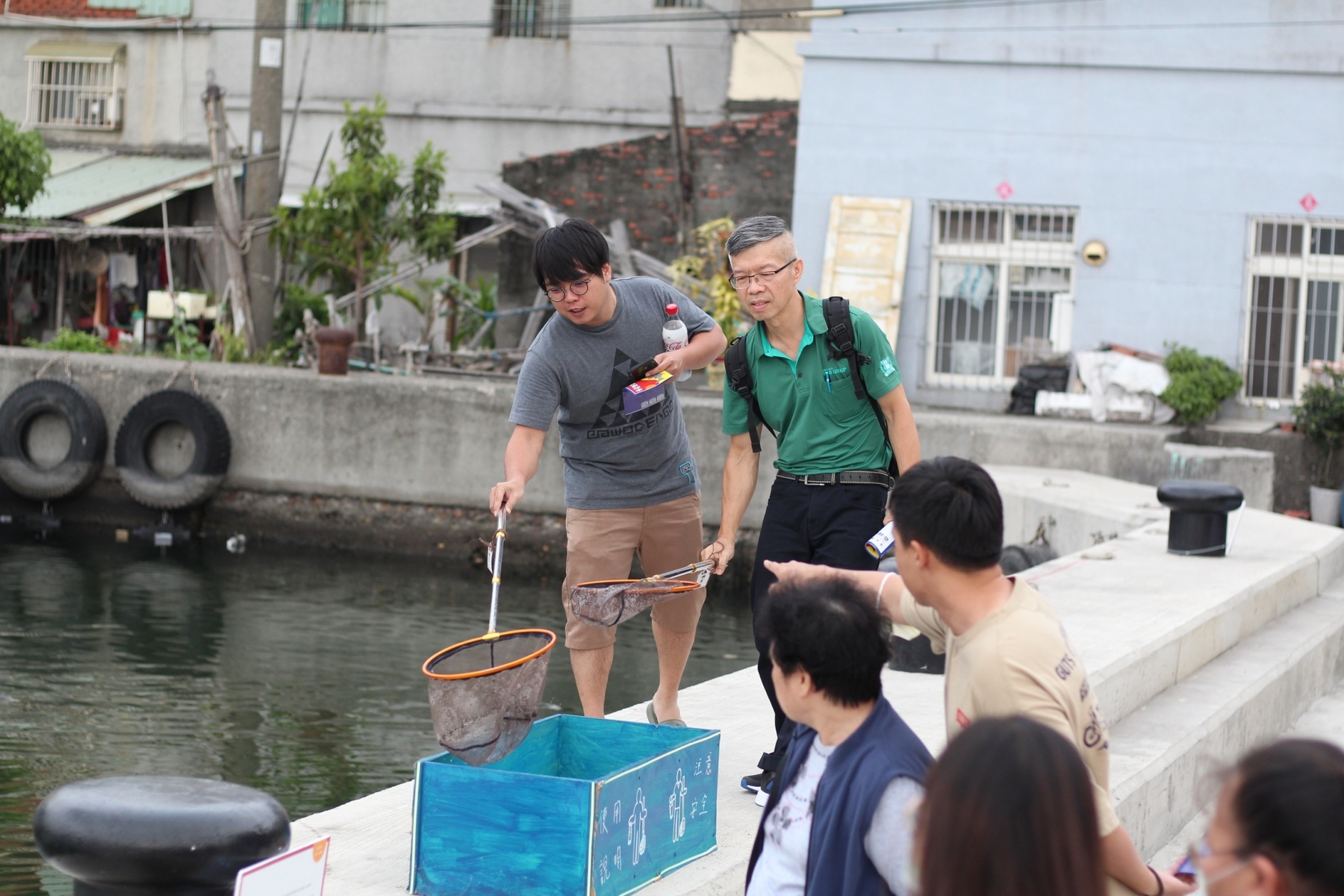
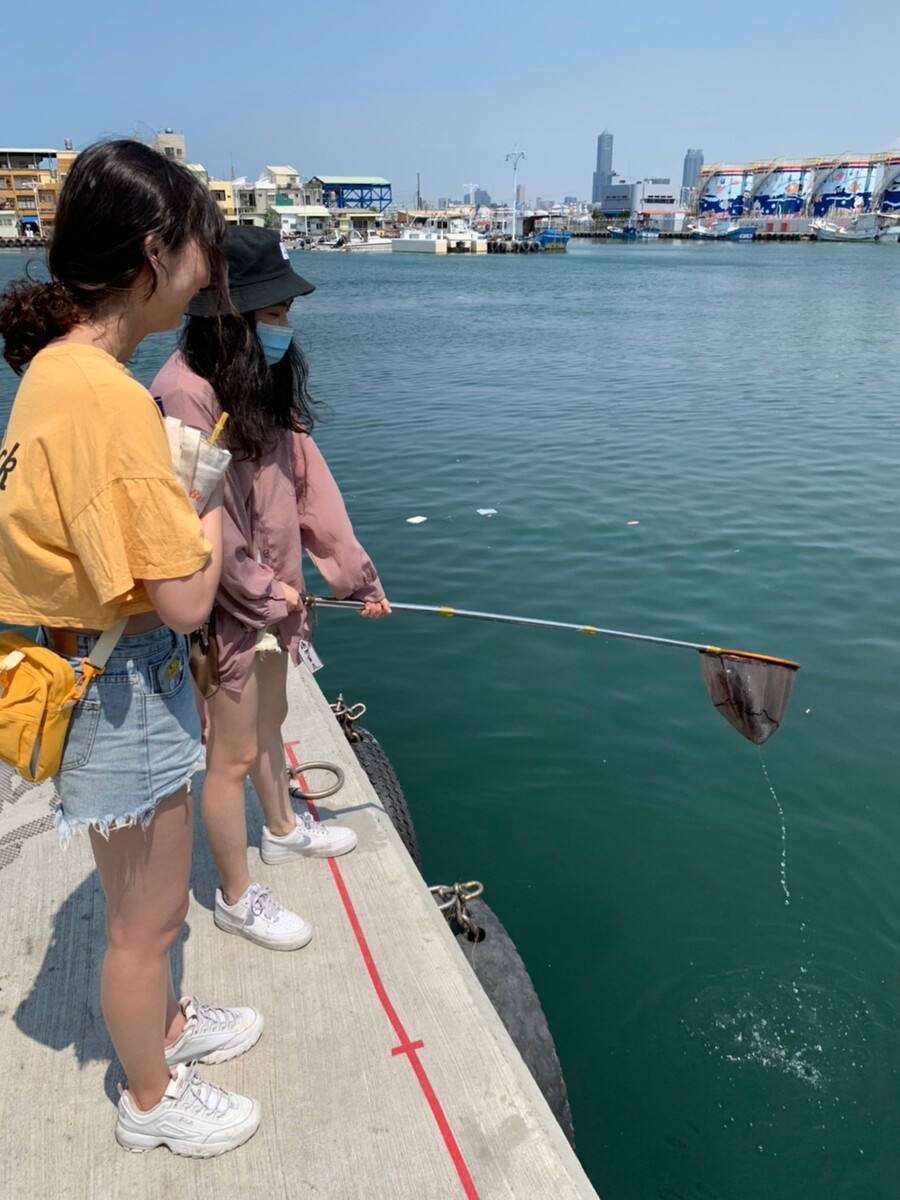
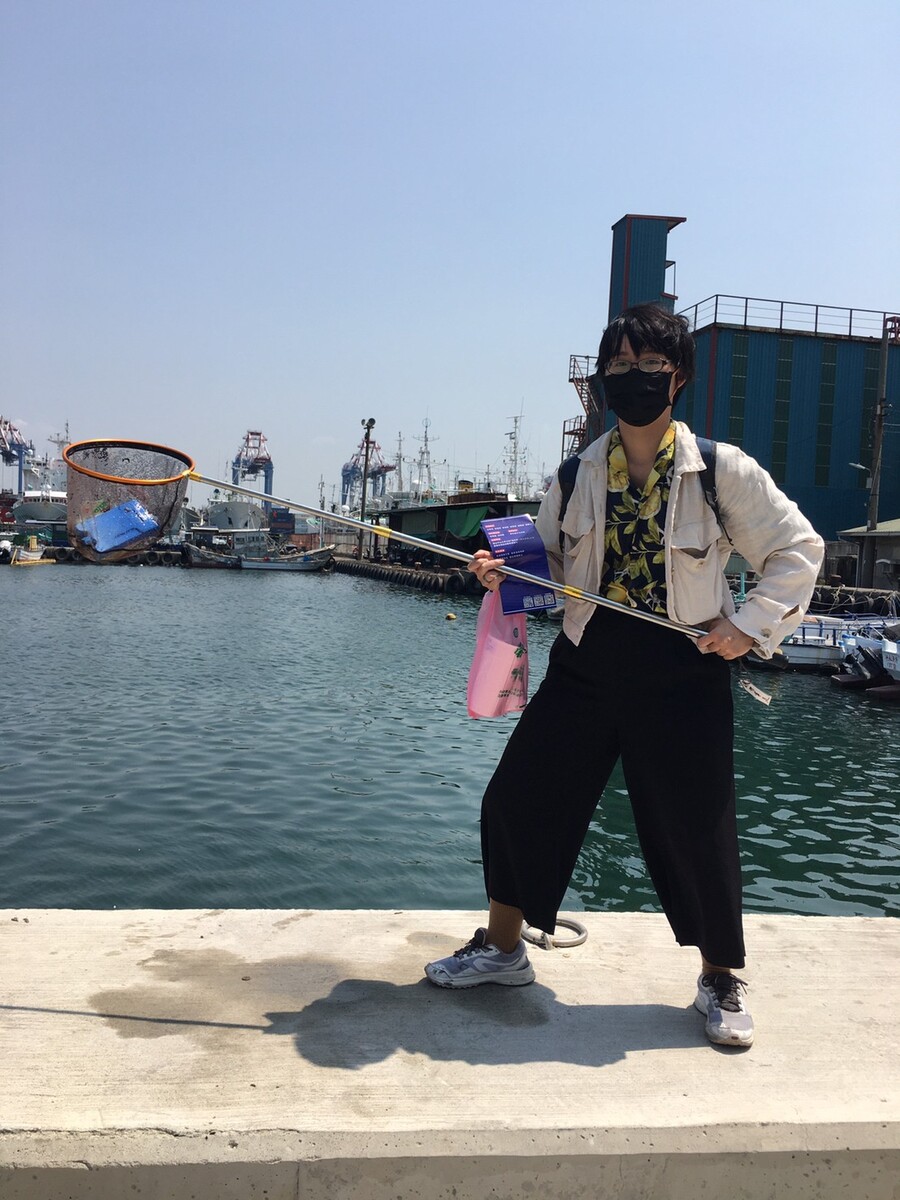
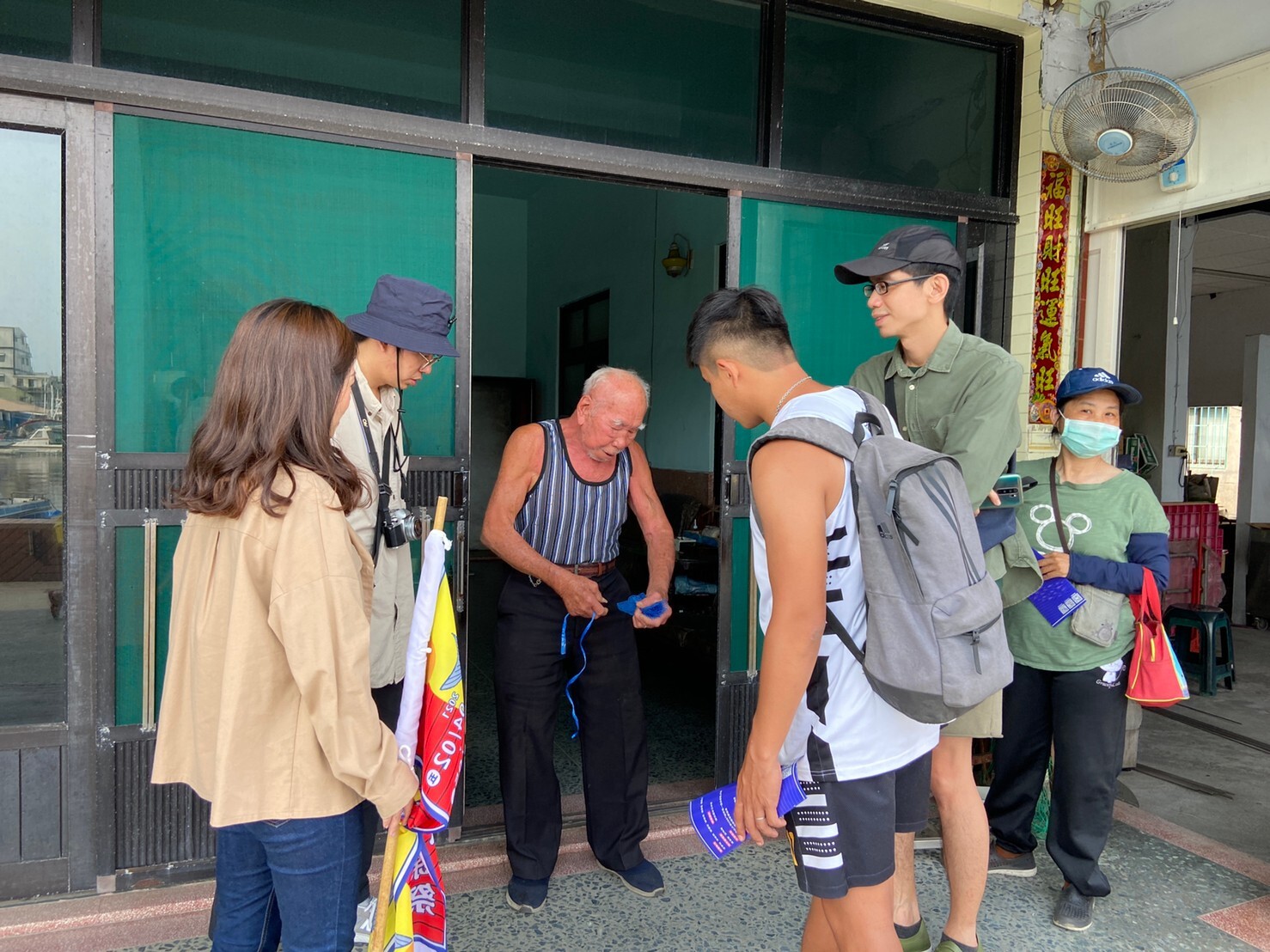
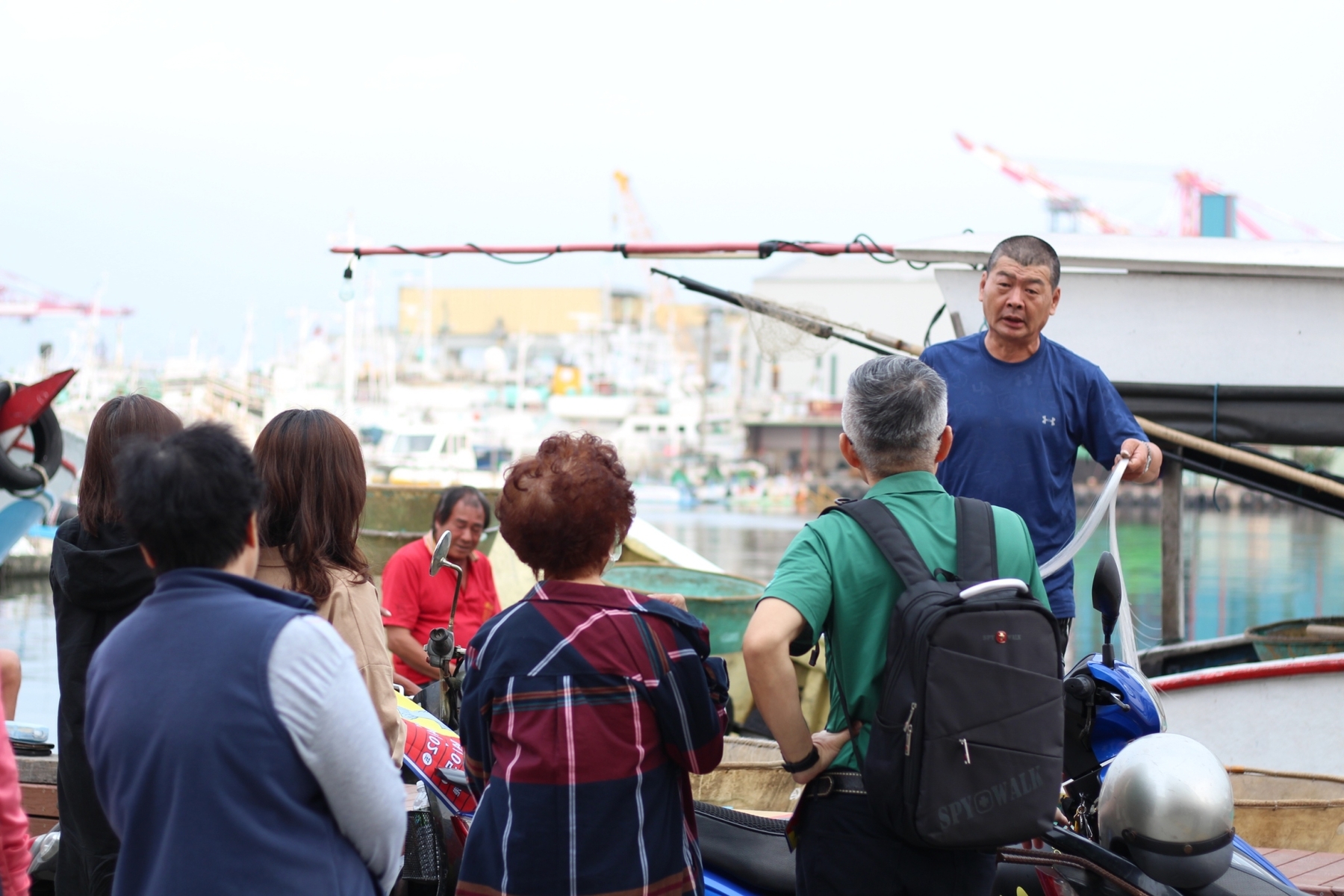
2021-04-19
(Provided by Graduate Institute of Arts Management and Entrepreneurship, Department of Theater Arts) The Graduate Institute of Arts Management and Entrepreneurship at NSYSU and the USR Project of NSYSU: The City as Commuseum tied a collaboration with the Cihou Market Revitalization Project to dig in the culture of Chungchou area of Cijin Island and organize an installation art exhibition for the first edition of the Jīn Yú Festival. The exhibition included 9 artworks and one secret photo spot. With community visits, the students let the residents and visitors understand the concept behind the artworks and the local culture of Chungchou, and brought a change to the streetscape of the local community.
The team for the Jīn Yú Festival, led by Associate Professor Jasper Hsieh of the Graduate Institute of Arts Management and Entrepreneurship (GIAME), included first-year students of the Master Program in Arts Management at the Department of Theater Arts: Hsueh-Ling Wang, Yu-Rui Lin, Feng-I Hsieh, Hui-Hsin Lo, and second-year students: Ching-Fen Huang and Yu-Yu Teng. Hsueh-Ling Wang, the curator of the exhibition, said that the installation art exhibition on the local culture of Chungchou is divided into three areas: local culture, fishery culture, and environmental issues. The visitors of the exhibition are guided around the streets and alleys of Chungchou to discover the rich cultural heritage of this area, stereotypically seen as a hub of the traditional shipbuilding industry, and recreate beautiful memories in the local community.
The art exhibition of the Jīn Yú Festival starts by the ferry terminal and takes visitors on a trip around the Chungchou fishing port, fish market, Yeh Ancestral Hall, and Yongzhou Theater. In each of these places there is an art exhibit closely connected to local features, culture, and history. For example, the “Yongzhou Theater” installation is a restored event poster, witnessing the glorious past of the Theater. “Chungchou Daily” gathered important news of Chungchou from 1956 to 1990, recording the history of the settlement. The images of the “Chinese Zodiac Card Game”, commonly printed on port bollards along the southwest coast of China, became popular spots among visitors who would take photos with their Chinese zodiac signs. In the past, people would migrate to the interior of Taiwan from the Chungchou settlement, originally formed by a religious clan. The Yeh Ancestral Hall is the most complete remaining temple building in Chungchou; the residents of the Hall have given much support to the curatorial team right from the early stages of preparation.
Besides the local culture, the exhibition also embodies the features of the local fishery industry. One of the exhibits is a shrimp boat painted red, yellow and blue. The colorful painting of the hull was made by the same painter who painted a nearby temple. The three colors are representative to the Chungchou area and the aesthetic feel of the surrounding fishing port. Artist Chun-Hsuan Wu’s work “Good-Wish Flag” is an embodiment of the local fishery culture. Wu explained that in the past, fishermen, when departing for the sea, would prepare flags with characters conveying good wishes, meaning ‘abundance’ or ‘fullness’. The main images in her work are: 大 ‘big’, 漁 ‘fish’, 滿 ‘fullness’, 儎 ‘load’, as well as the character 噠 ‘clatter’, commonly applied by the people of Chungchou. When the lanterns are lit at night, the harbor becomes a unique photo spot. Artist Yun-Shan Lu’s "Return" uses iron net-like fish to connect the sea with the harbor. Her other installation, “Migratory School” is pasted on a reflective tape and is an image of a school of fish – a part of everyday life of the residents of Chungchou and the ocean. The “Migratory School”, when photographed with flash at night, gives a vivid image of fish migration, attracting many tourists to visit.
Another exhibit, related to environmental issues – “Ocean Test Paper”, was created by team member Feng-I Hsieh. She used a white cloth to symbolically absorb the memory of seawater and painted the changing topography of Cijin Peninsula over the years. As a half-Chungchouer, Hsieh said she hopes that through her work, visitors can reflect on the impact of industrial waste water on the oceans. “Fishing for Goldfish” is an interactive installation that alludes to fishing games at Taiwanese night markets, while raising visitors’ awareness of the problem of ocean waste and have fun at the same time.
“This is the first time that visitors who are willing to learn more about the local culture of Chungchou had the opportunity to really go into the community," said the executive team of the Jīn Yú Festival, adding that the four-day exhibition attracted nearly 200 participants in guided tour, including many tourists from other counties and people returning to their hometown. The most touching part was to see local residents’ enthusiasm about the exhibition and them introducing the local culture and history. In the future, the Festival hopes to connect different resources to help local communities preserve their local features and develop tourist cultural business opportunities.
(Edited by Public Affairs Division)
(Provided by Graduate Institute of Arts Management and Entrepreneurship, Department of Theater Arts) The Graduate Institute of Arts Management and Entrepreneurship at NSYSU and the USR Project of NSYSU: The City as Commuseum tied a collaboration with the Cihou Market Revitalization Project to dig in the culture of Chungchou area of Cijin Island and organize an installation art exhibition for the first edition of the Jīn Yú Festival. The exhibition included 9 artworks and one secret photo spot. With community visits, the students let the residents and visitors understand the concept behind the artworks and the local culture of Chungchou, and brought a change to the streetscape of the local community.
The team for the Jīn Yú Festival, led by Associate Professor Jasper Hsieh of the Graduate Institute of Arts Management and Entrepreneurship (GIAME), included first-year students of the Master Program in Arts Management at the Department of Theater Arts: Hsueh-Ling Wang, Yu-Rui Lin, Feng-I Hsieh, Hui-Hsin Lo, and second-year students: Ching-Fen Huang and Yu-Yu Teng. Hsueh-Ling Wang, the curator of the exhibition, said that the installation art exhibition on the local culture of Chungchou is divided into three areas: local culture, fishery culture, and environmental issues. The visitors of the exhibition are guided around the streets and alleys of Chungchou to discover the rich cultural heritage of this area, stereotypically seen as a hub of the traditional shipbuilding industry, and recreate beautiful memories in the local community.
The art exhibition of the Jīn Yú Festival starts by the ferry terminal and takes visitors on a trip around the Chungchou fishing port, fish market, Yeh Ancestral Hall, and Yongzhou Theater. In each of these places there is an art exhibit closely connected to local features, culture, and history. For example, the “Yongzhou Theater” installation is a restored event poster, witnessing the glorious past of the Theater. “Chungchou Daily” gathered important news of Chungchou from 1956 to 1990, recording the history of the settlement. The images of the “Chinese Zodiac Card Game”, commonly printed on port bollards along the southwest coast of China, became popular spots among visitors who would take photos with their Chinese zodiac signs. In the past, people would migrate to the interior of Taiwan from the Chungchou settlement, originally formed by a religious clan. The Yeh Ancestral Hall is the most complete remaining temple building in Chungchou; the residents of the Hall have given much support to the curatorial team right from the early stages of preparation.
Besides the local culture, the exhibition also embodies the features of the local fishery industry. One of the exhibits is a shrimp boat painted red, yellow and blue. The colorful painting of the hull was made by the same painter who painted a nearby temple. The three colors are representative to the Chungchou area and the aesthetic feel of the surrounding fishing port. Artist Chun-Hsuan Wu’s work “Good-Wish Flag” is an embodiment of the local fishery culture. Wu explained that in the past, fishermen, when departing for the sea, would prepare flags with characters conveying good wishes, meaning ‘abundance’ or ‘fullness’. The main images in her work are: 大 ‘big’, 漁 ‘fish’, 滿 ‘fullness’, 儎 ‘load’, as well as the character 噠 ‘clatter’, commonly applied by the people of Chungchou. When the lanterns are lit at night, the harbor becomes a unique photo spot. Artist Yun-Shan Lu’s "Return" uses iron net-like fish to connect the sea with the harbor. Her other installation, “Migratory School” is pasted on a reflective tape and is an image of a school of fish – a part of everyday life of the residents of Chungchou and the ocean. The “Migratory School”, when photographed with flash at night, gives a vivid image of fish migration, attracting many tourists to visit.
Another exhibit, related to environmental issues – “Ocean Test Paper”, was created by team member Feng-I Hsieh. She used a white cloth to symbolically absorb the memory of seawater and painted the changing topography of Cijin Peninsula over the years. As a half-Chungchouer, Hsieh said she hopes that through her work, visitors can reflect on the impact of industrial waste water on the oceans. “Fishing for Goldfish” is an interactive installation that alludes to fishing games at Taiwanese night markets, while raising visitors’ awareness of the problem of ocean waste and have fun at the same time.
“This is the first time that visitors who are willing to learn more about the local culture of Chungchou had the opportunity to really go into the community," said the executive team of the Jīn Yú Festival, adding that the four-day exhibition attracted nearly 200 participants in guided tour, including many tourists from other counties and people returning to their hometown. The most touching part was to see local residents’ enthusiasm about the exhibition and them introducing the local culture and history. In the future, the Festival hopes to connect different resources to help local communities preserve their local features and develop tourist cultural business opportunities.
(Edited by Public Affairs Division)
Click Num:
Share
